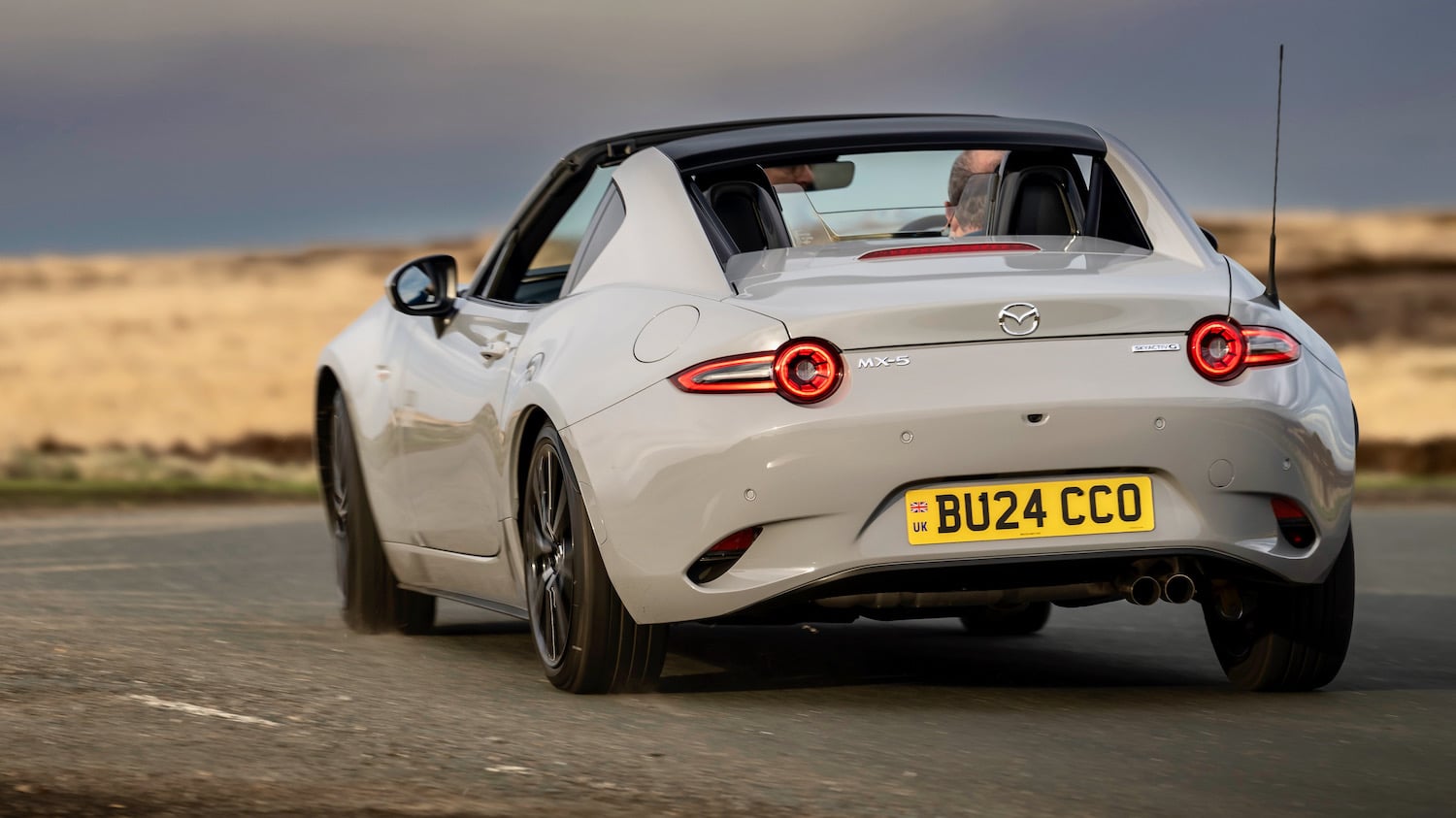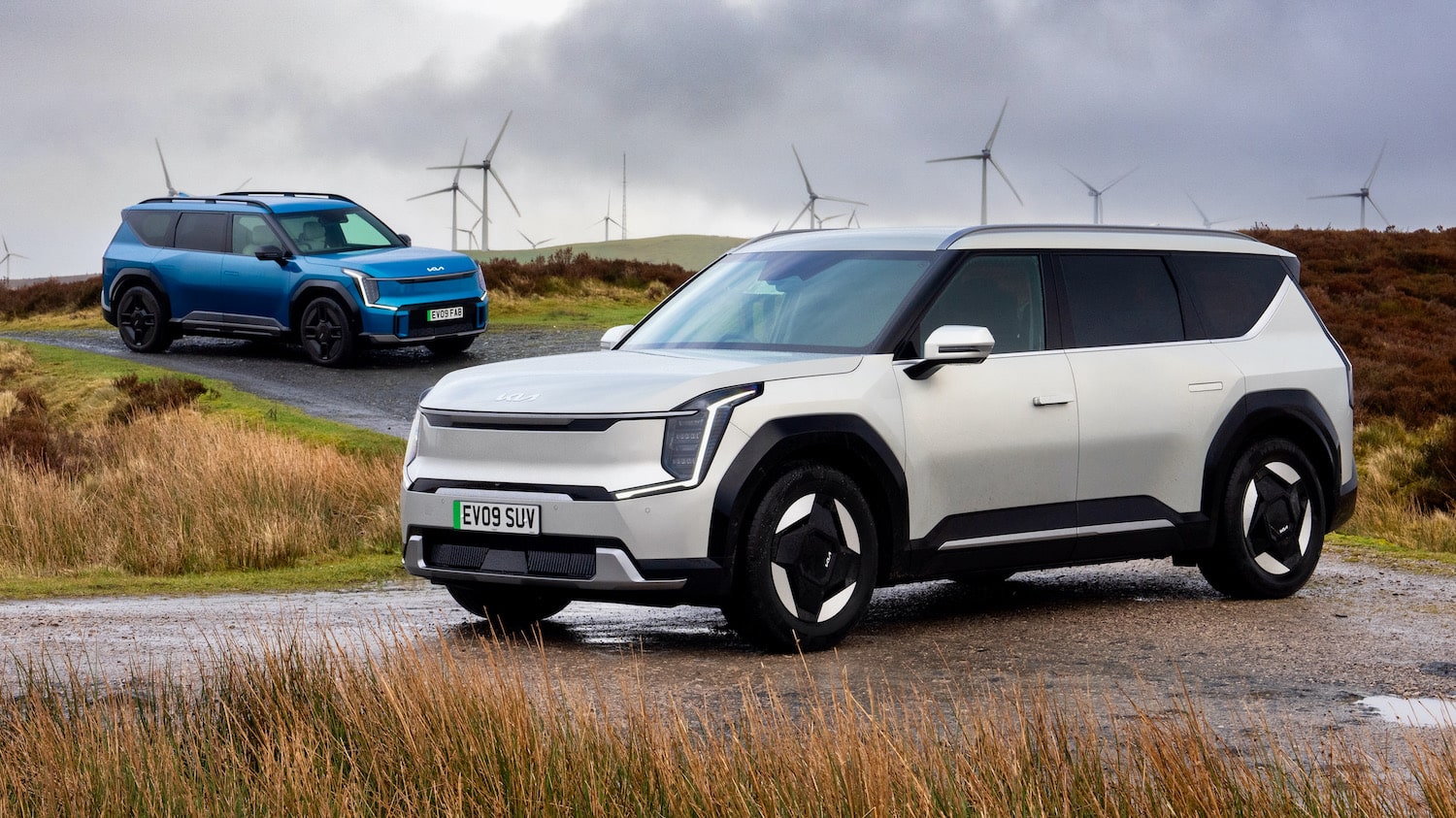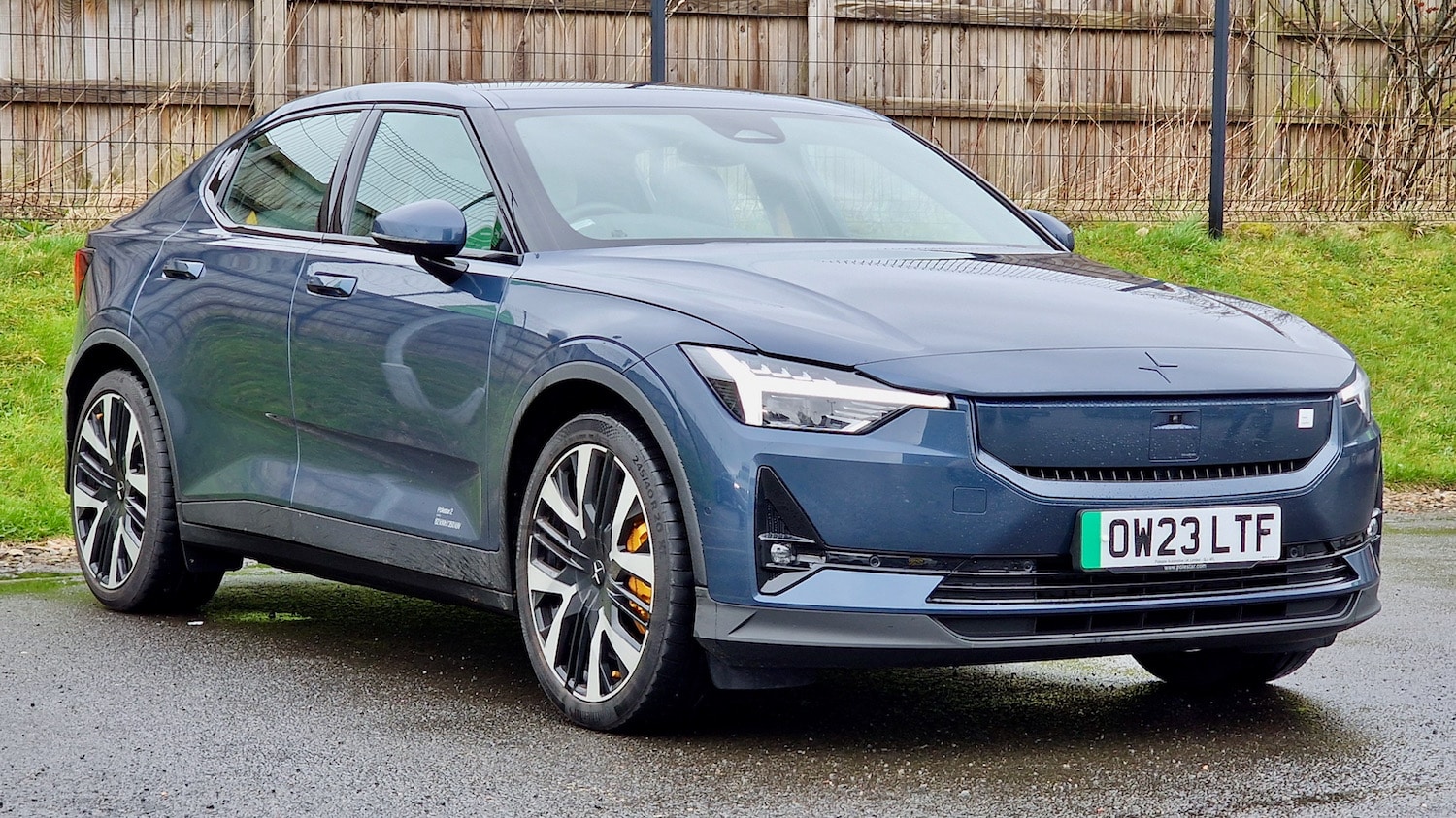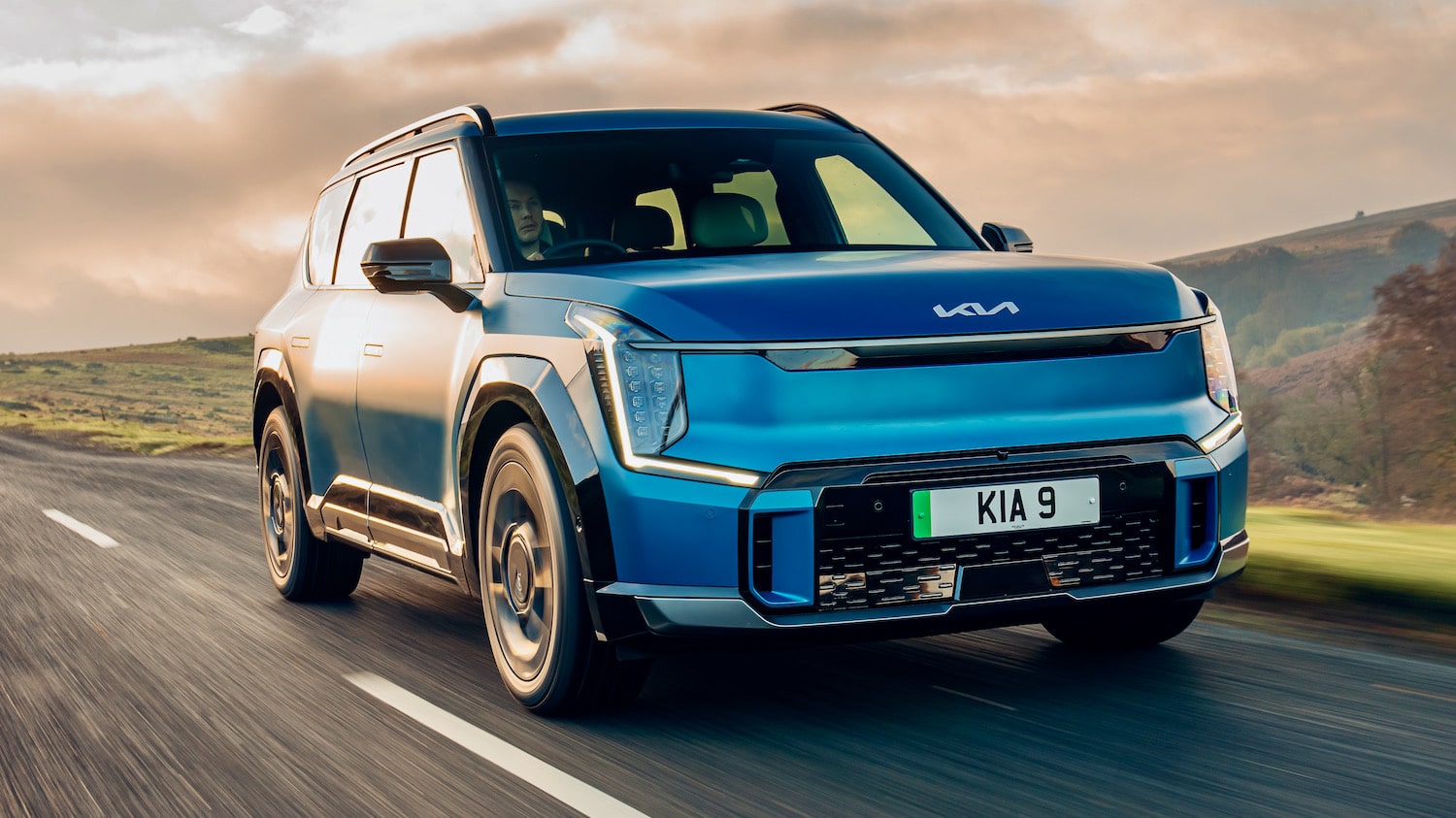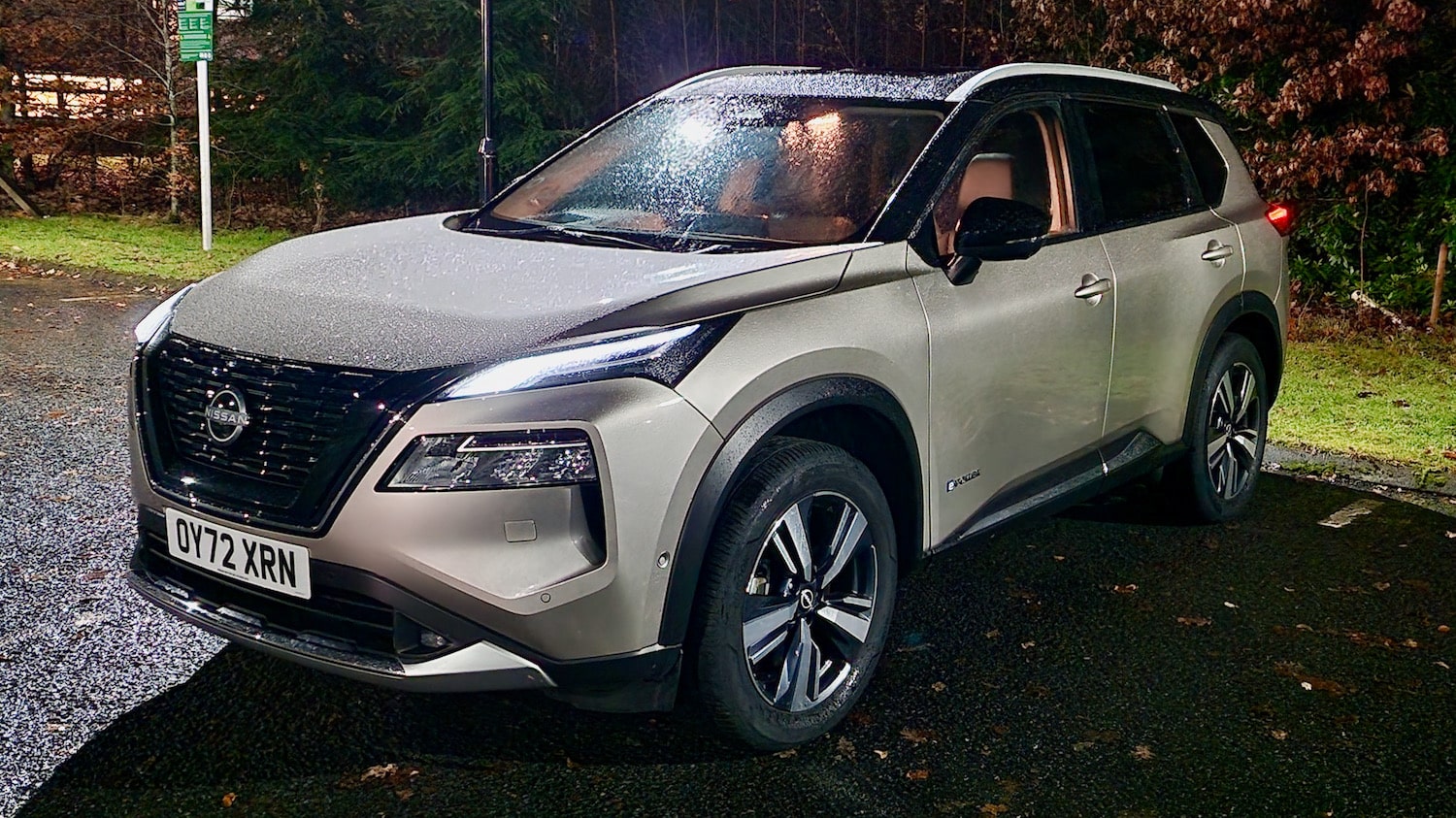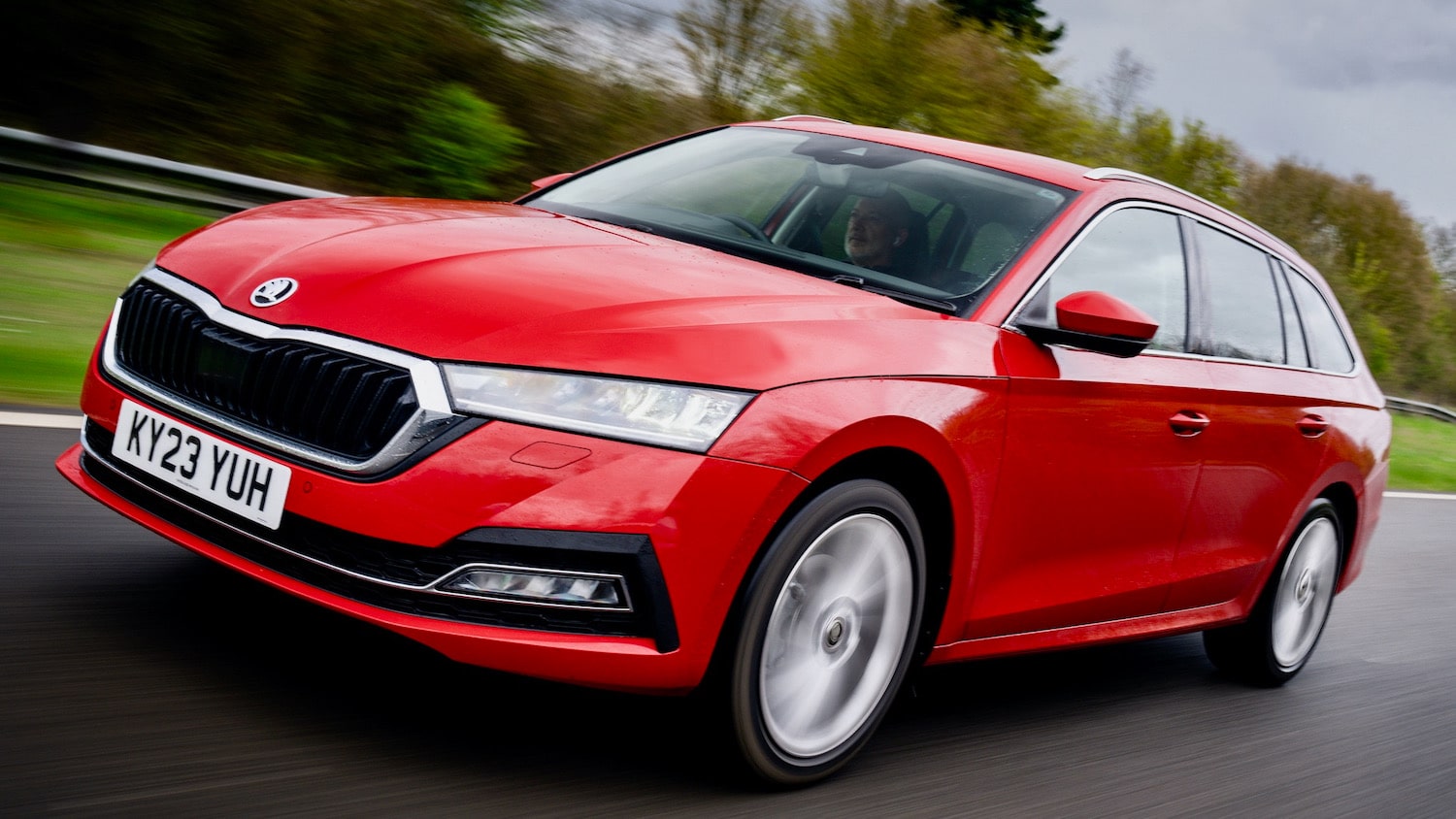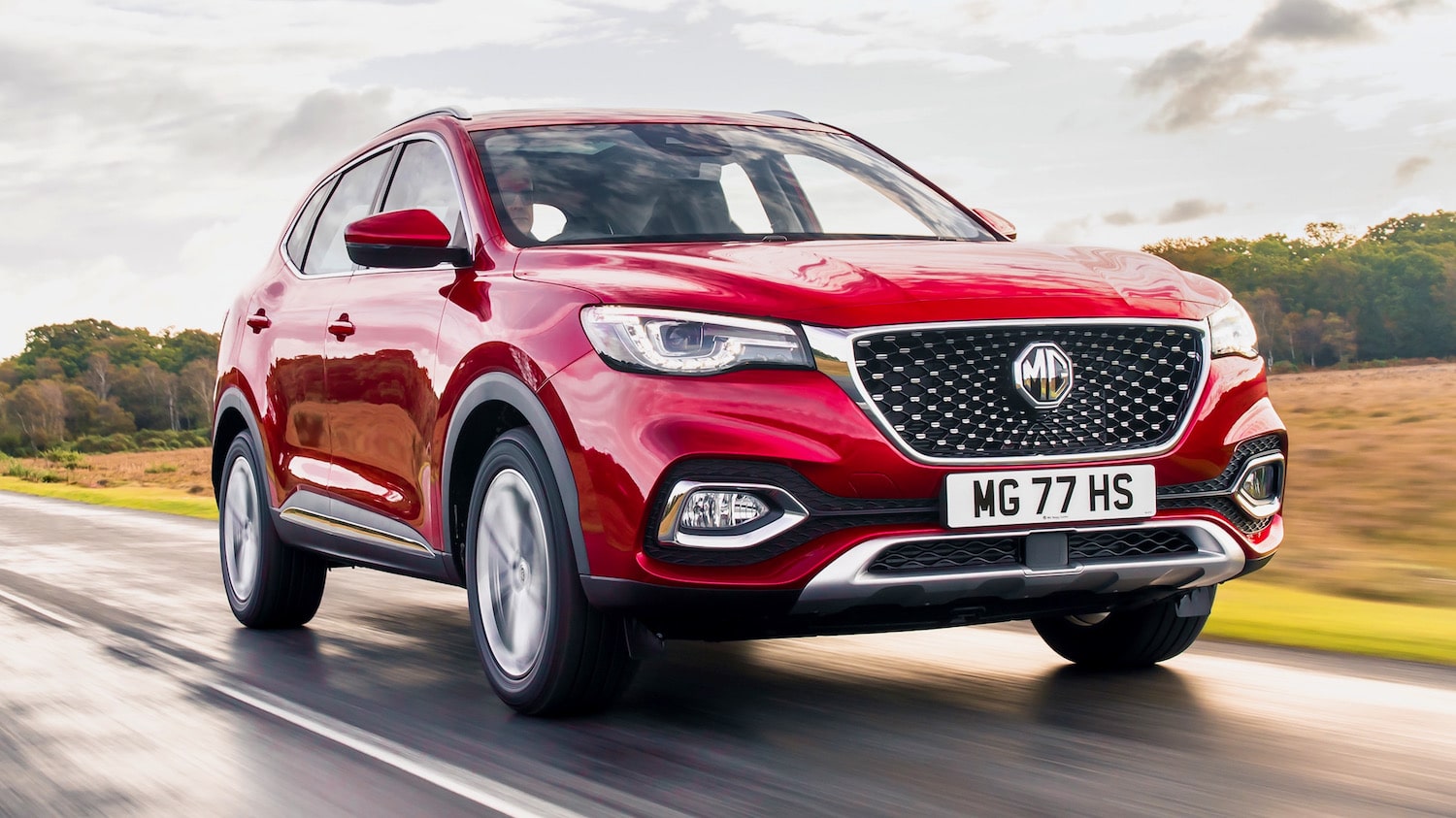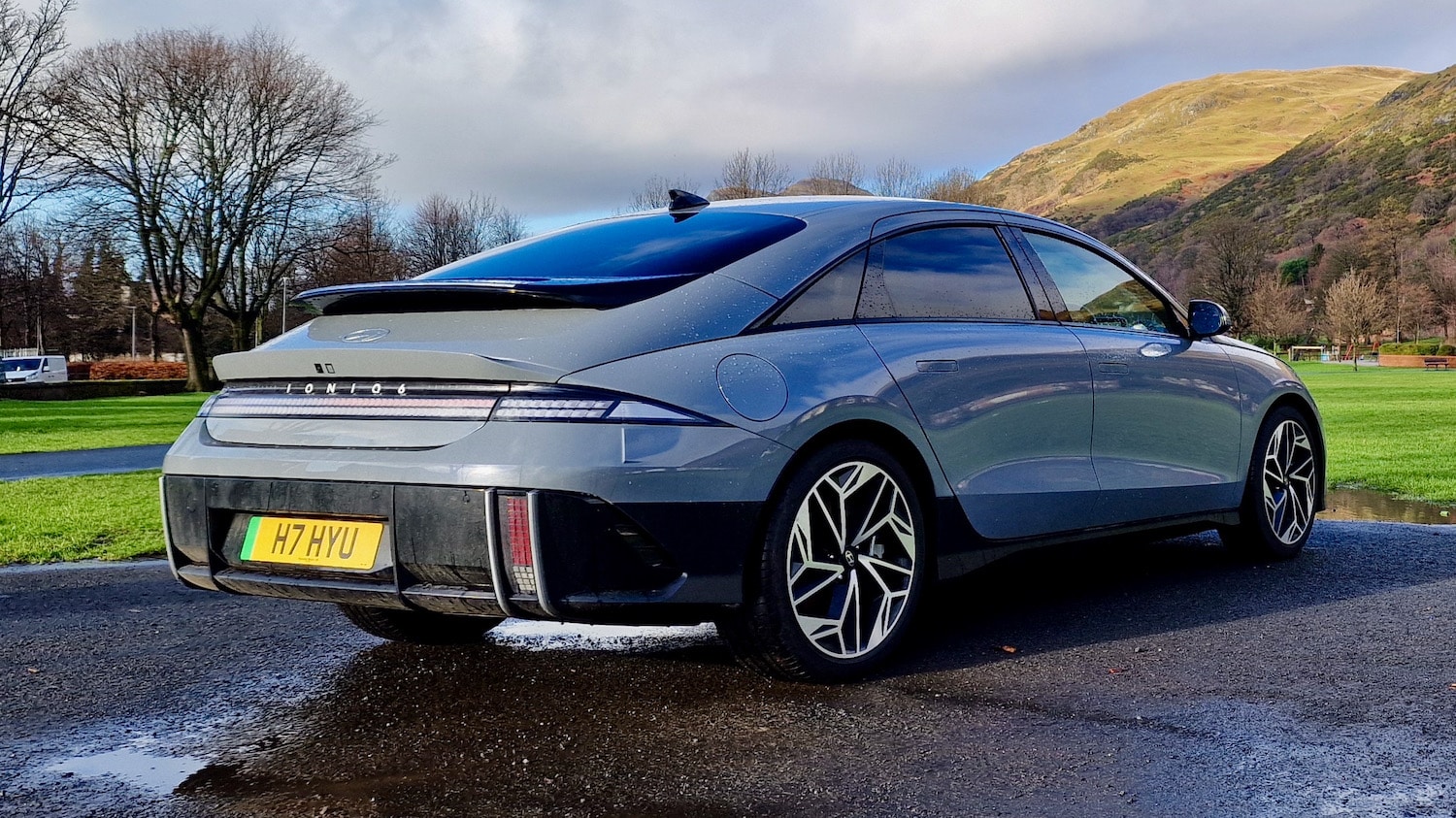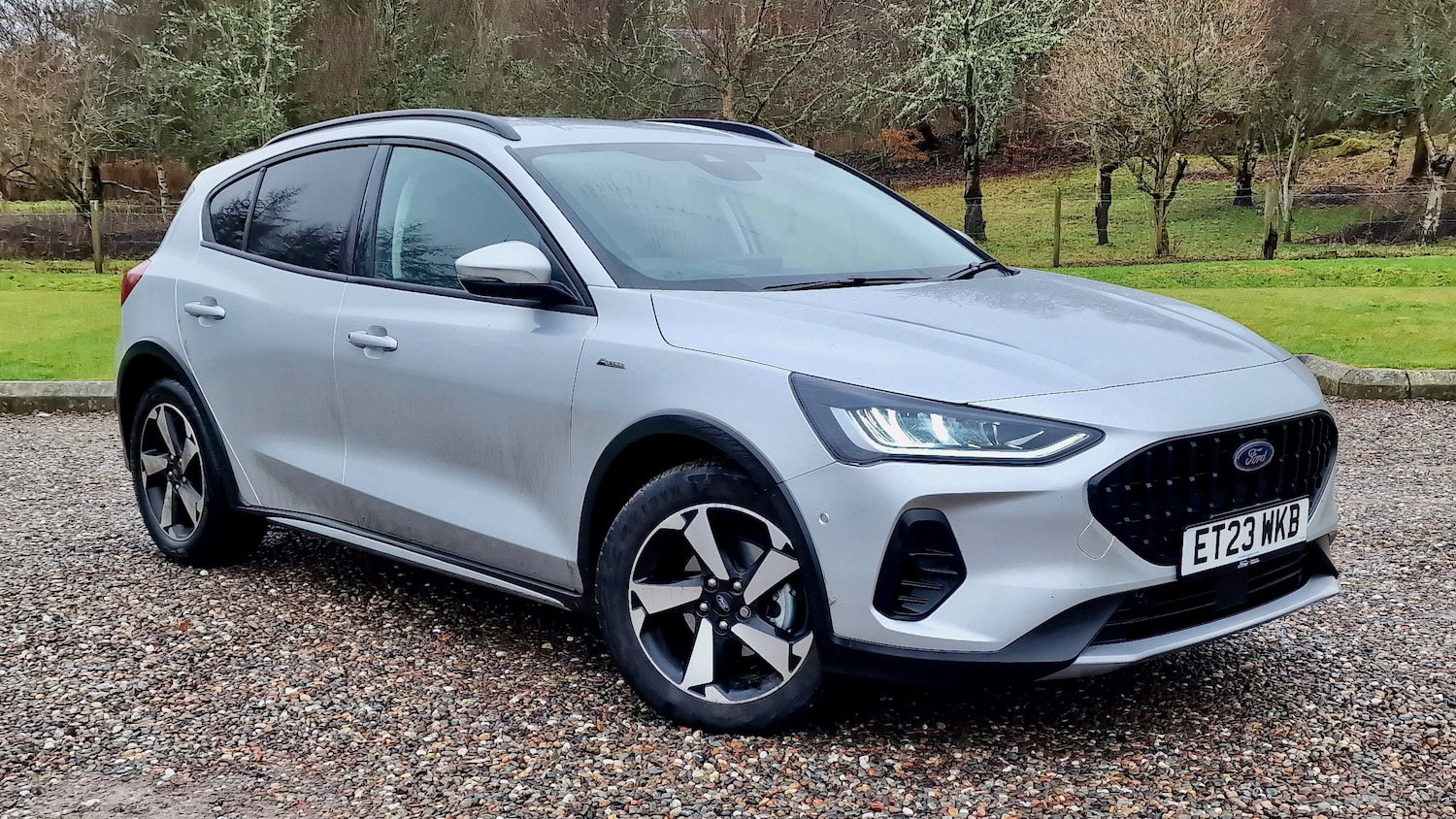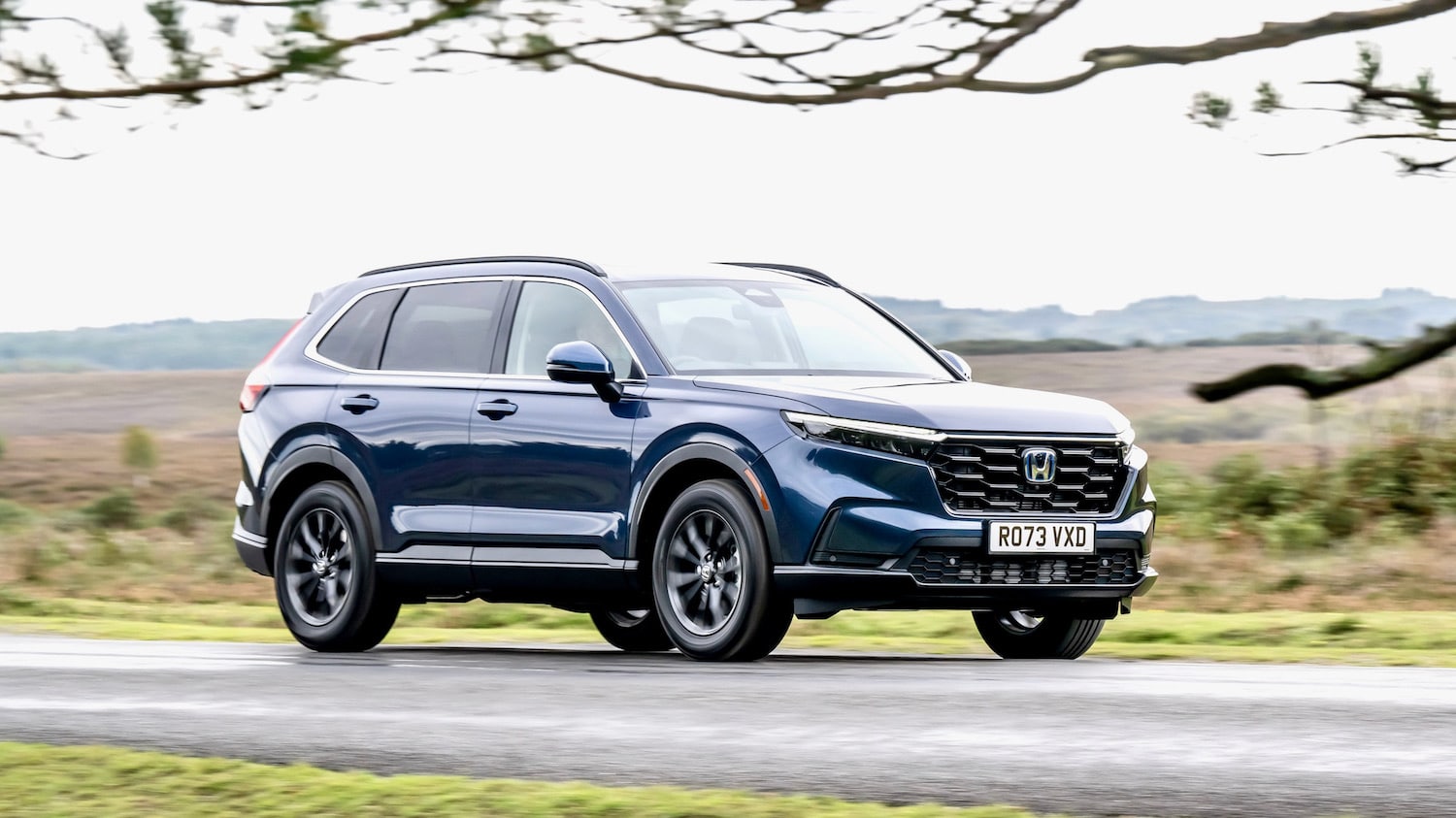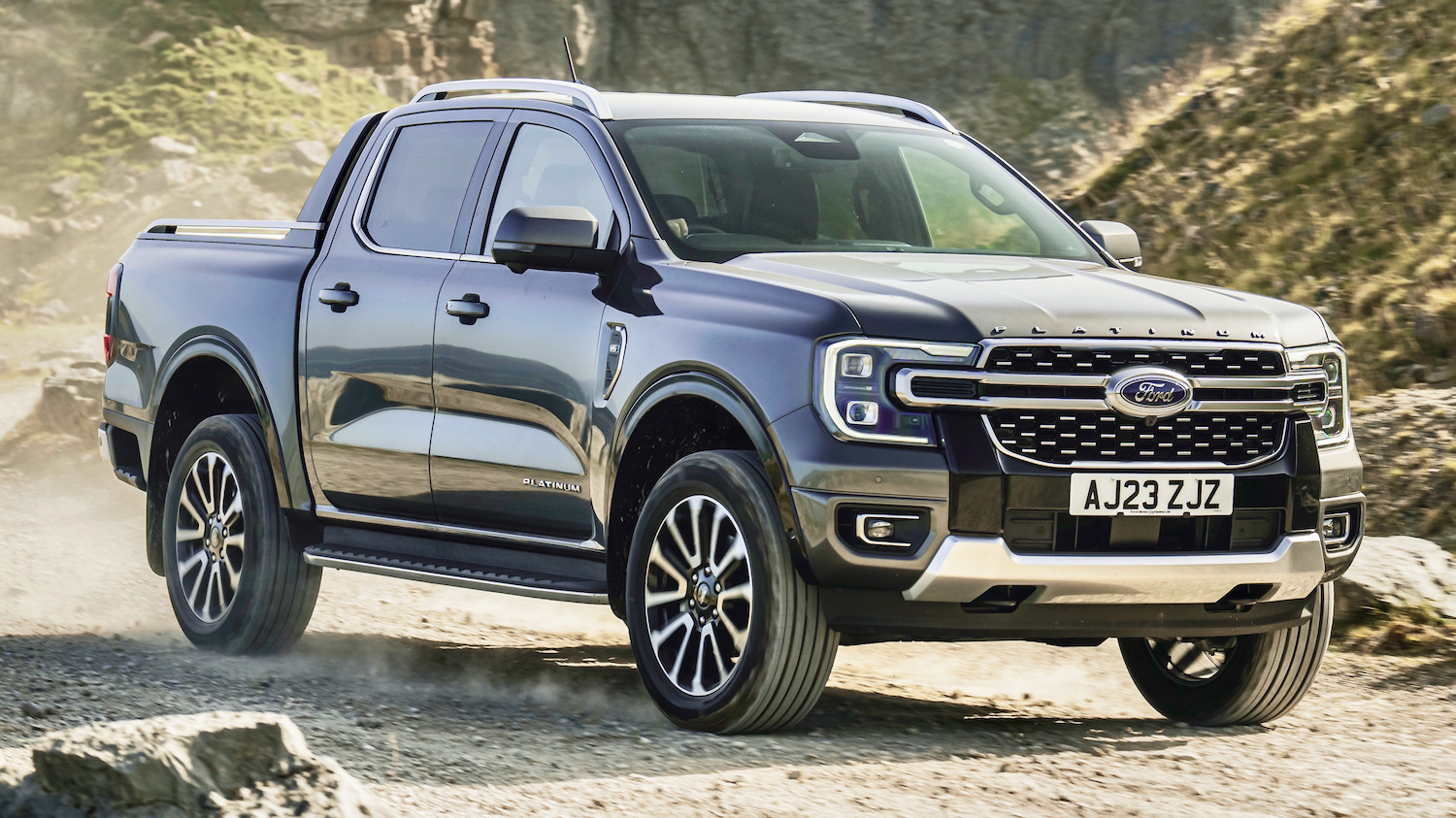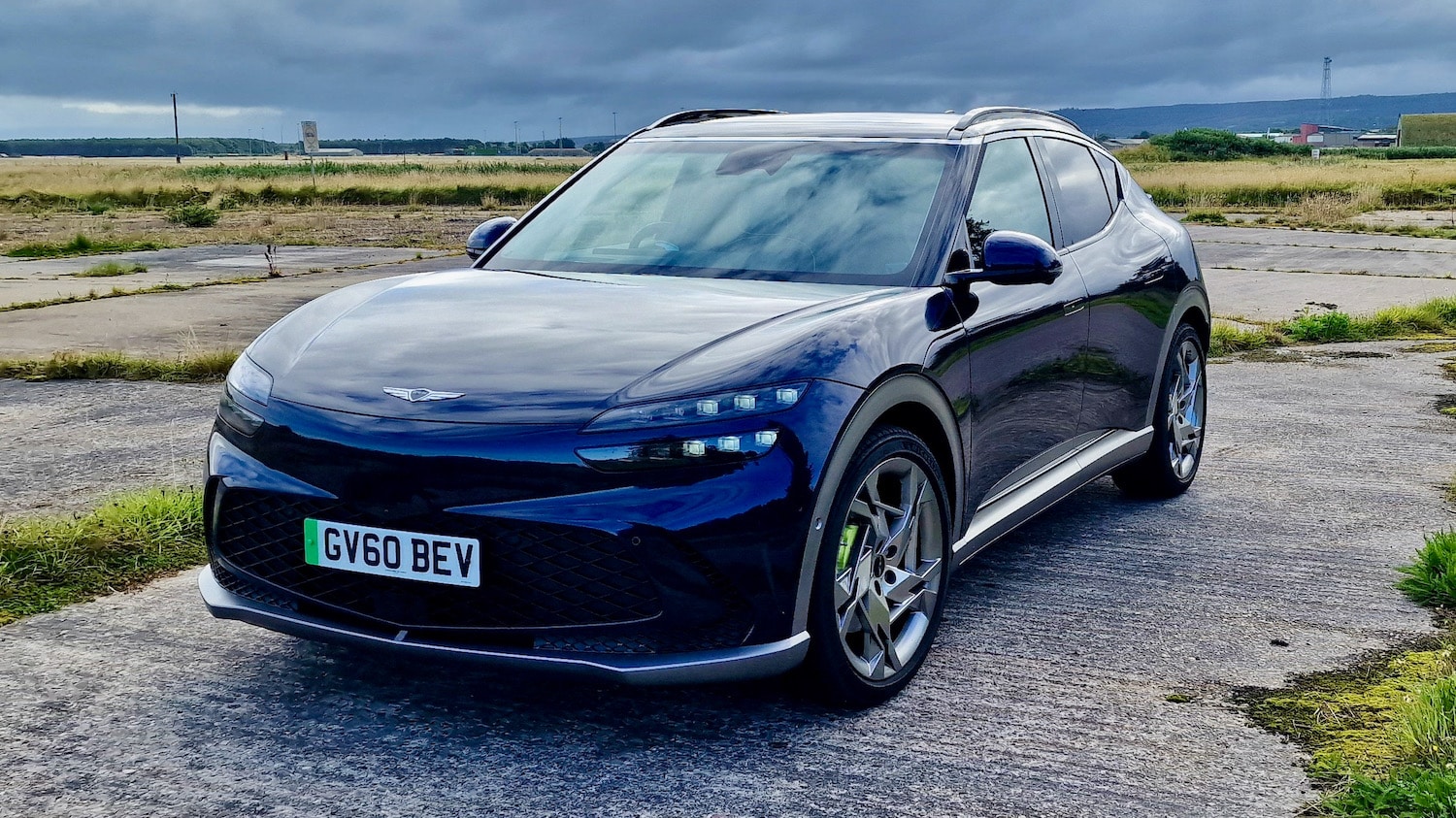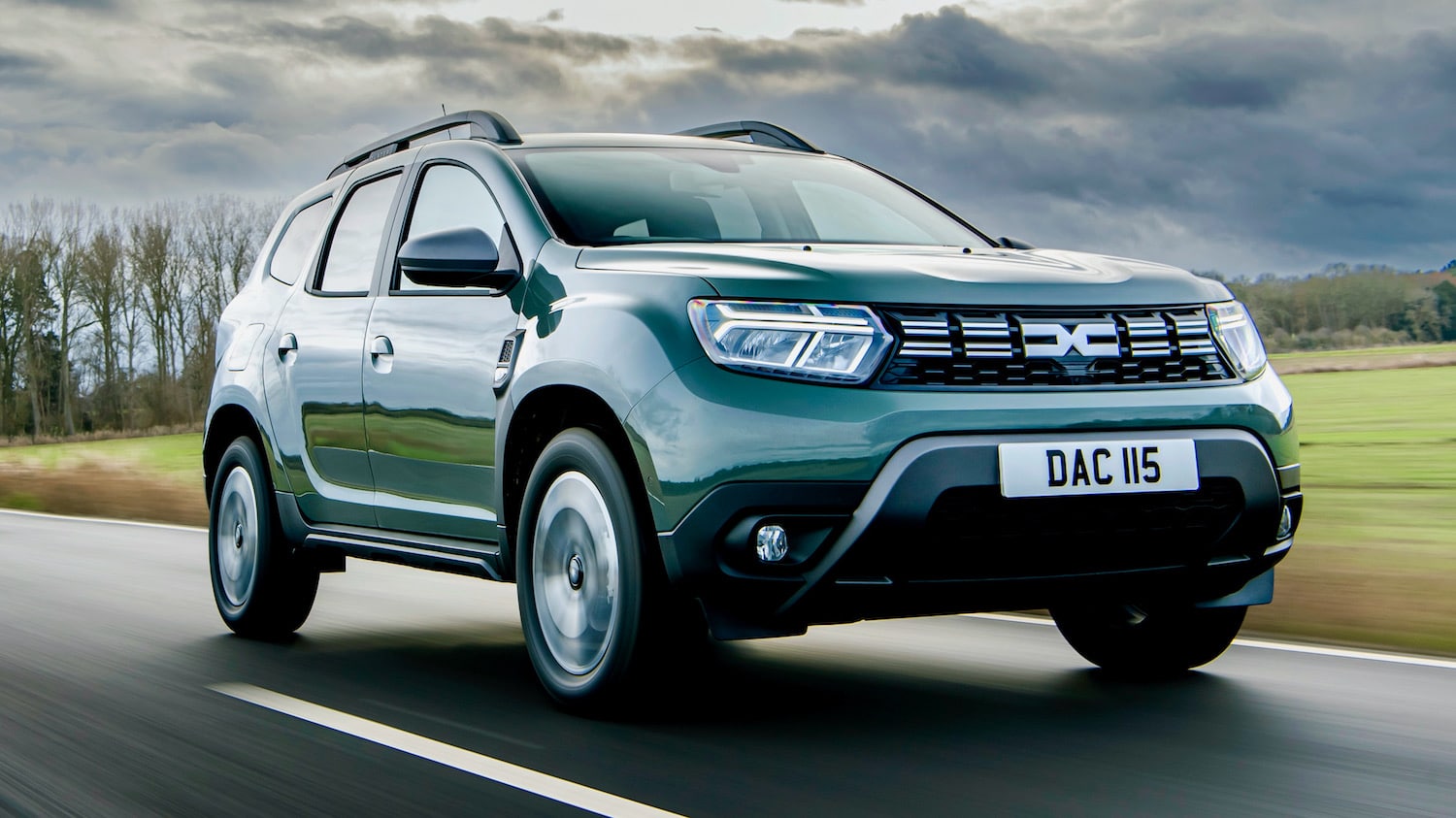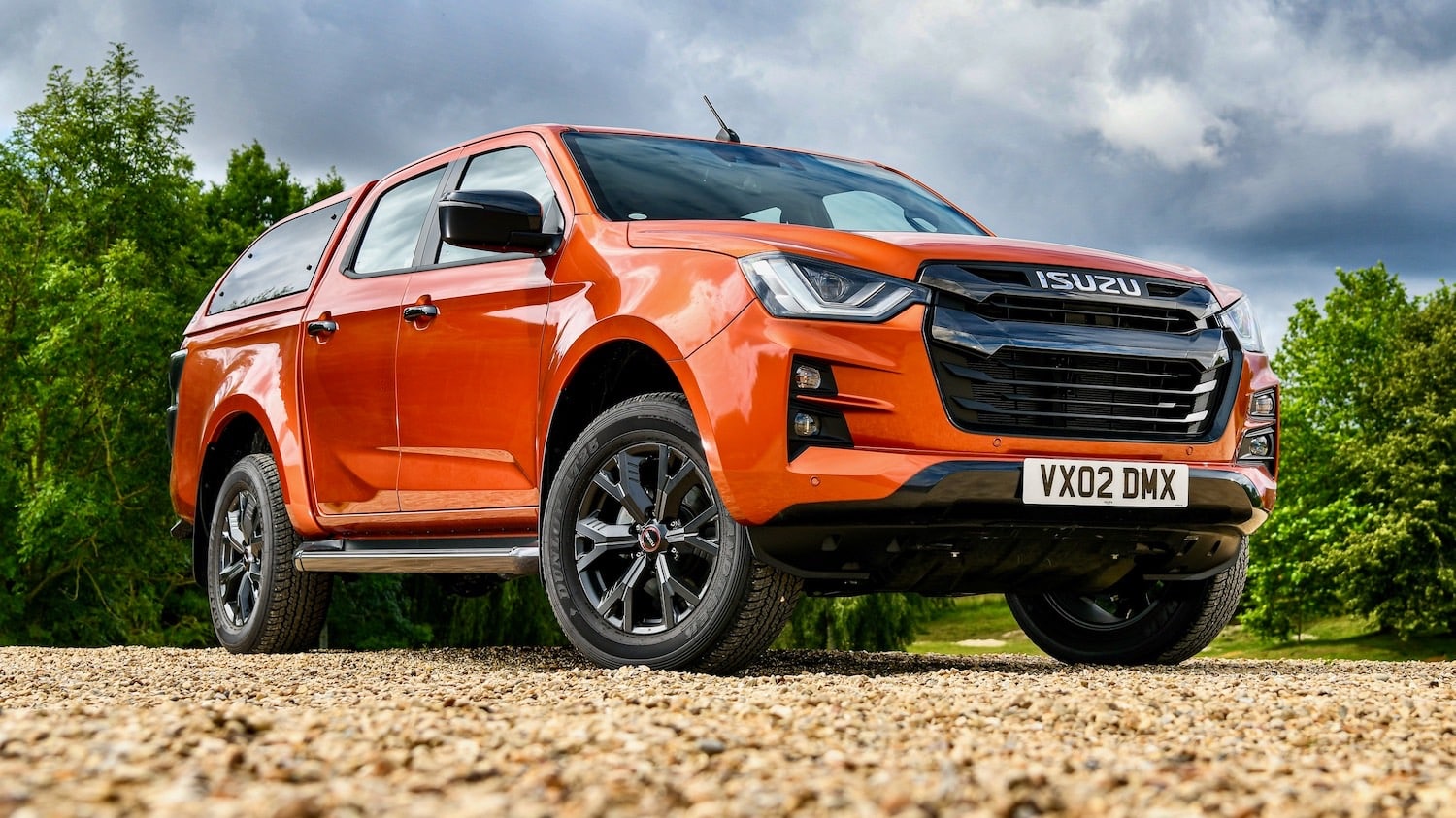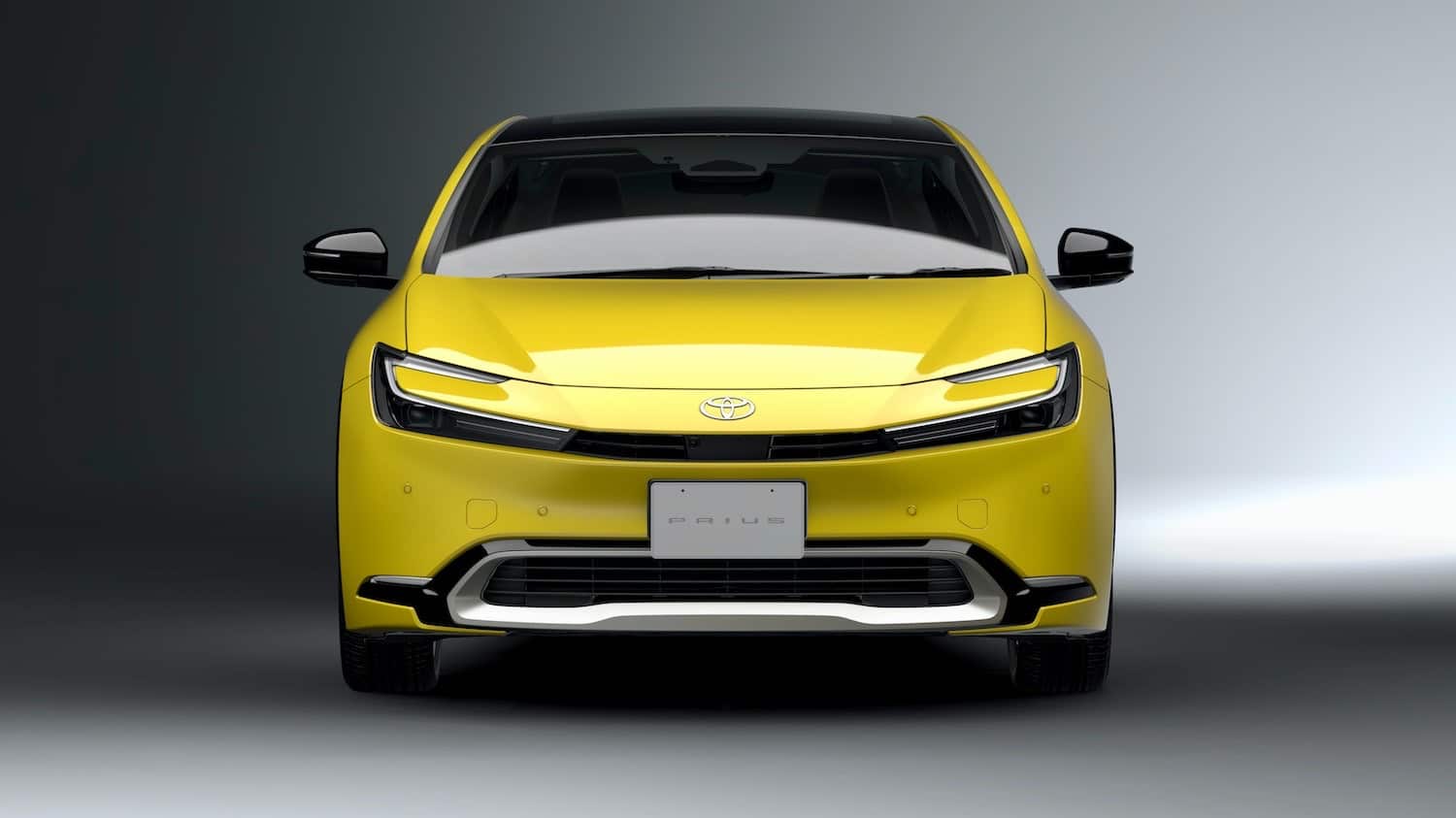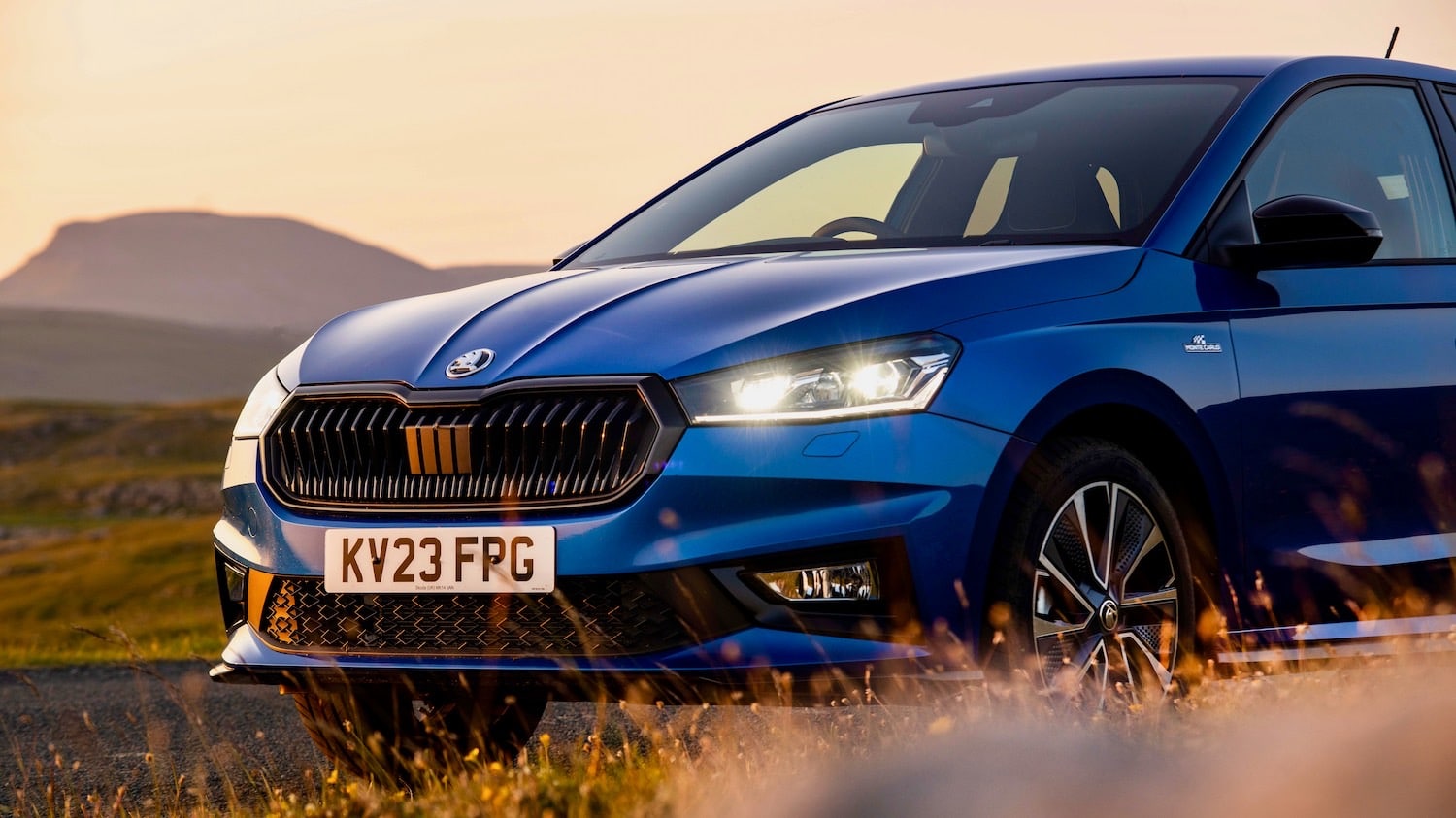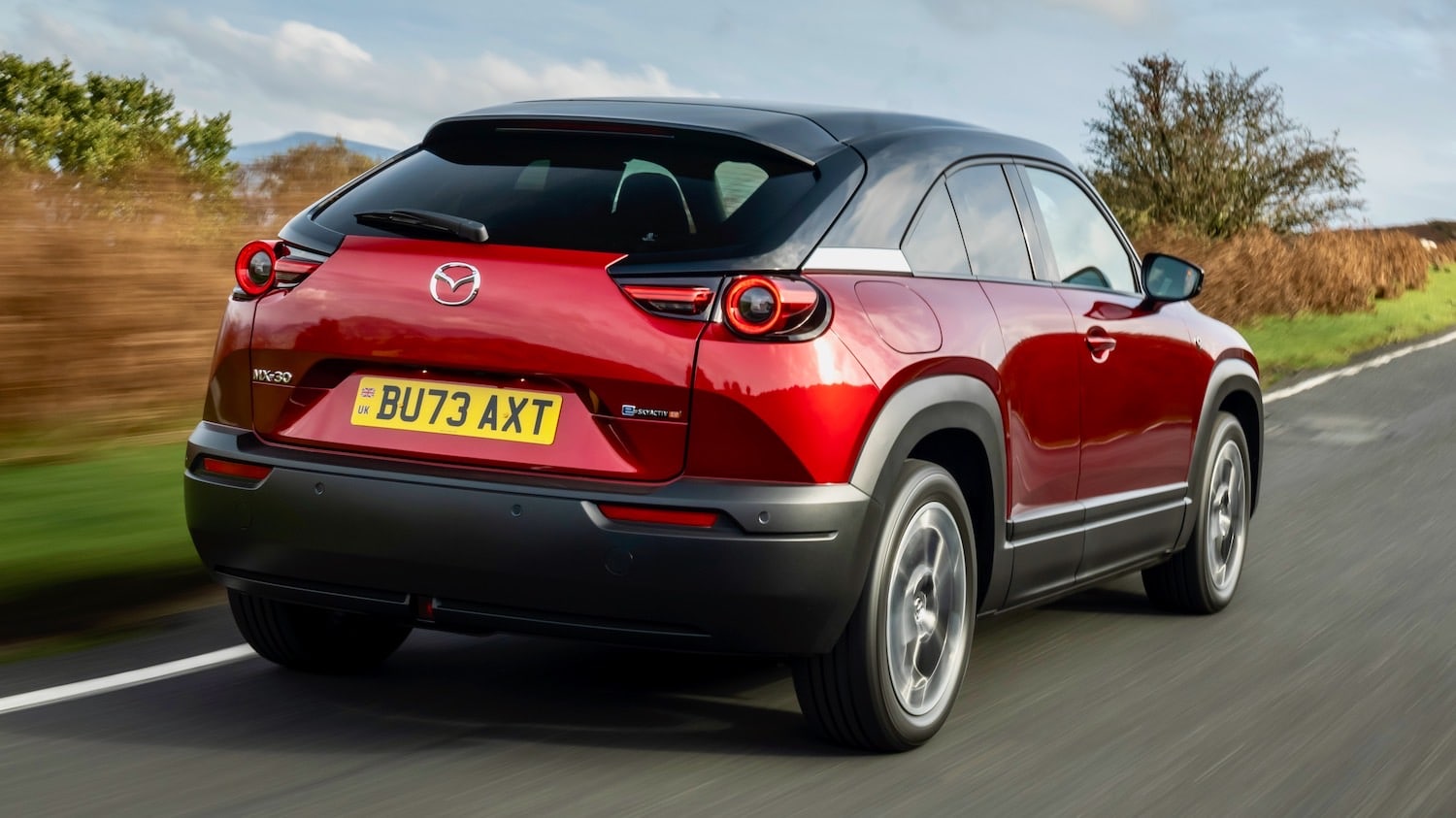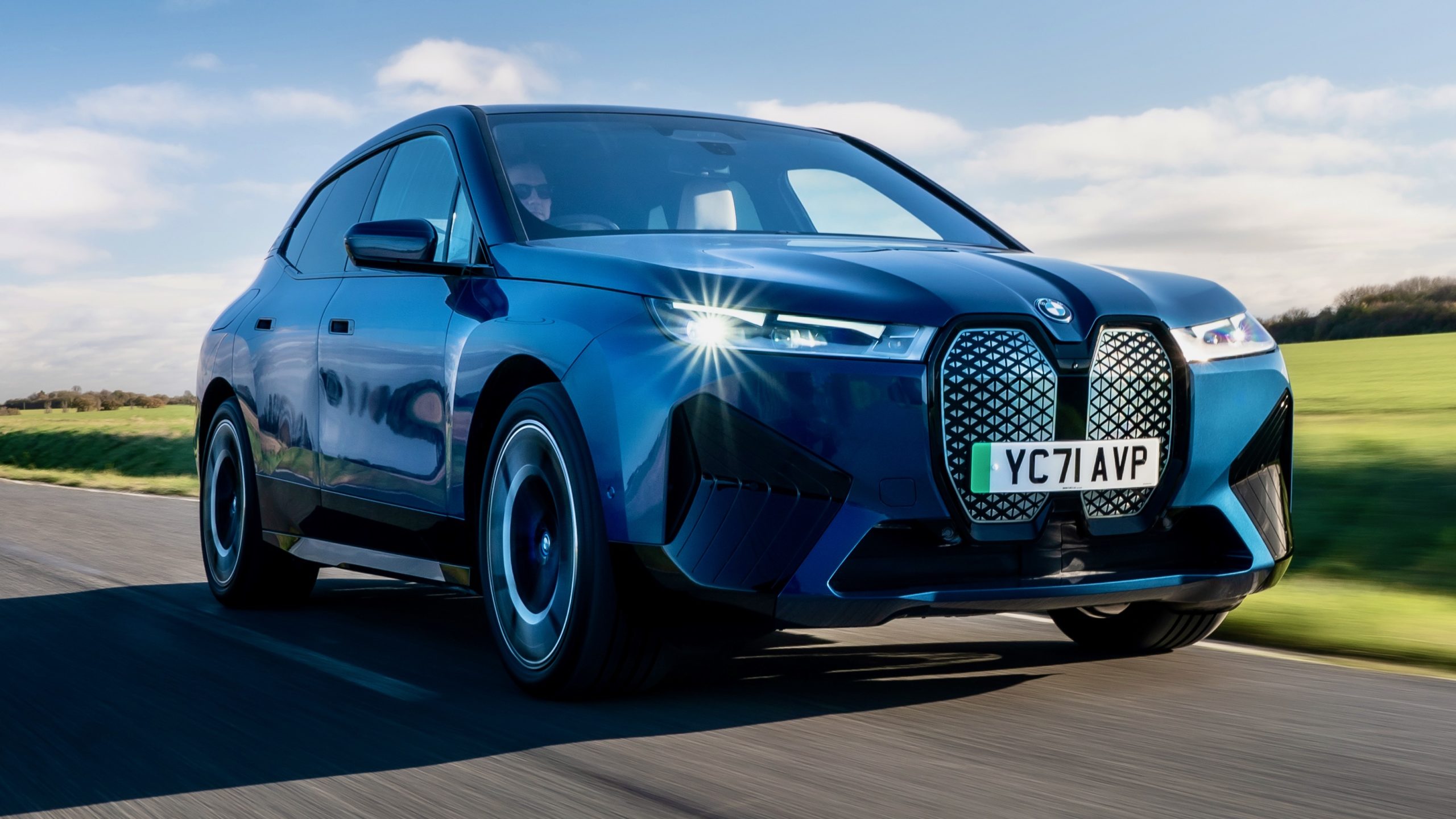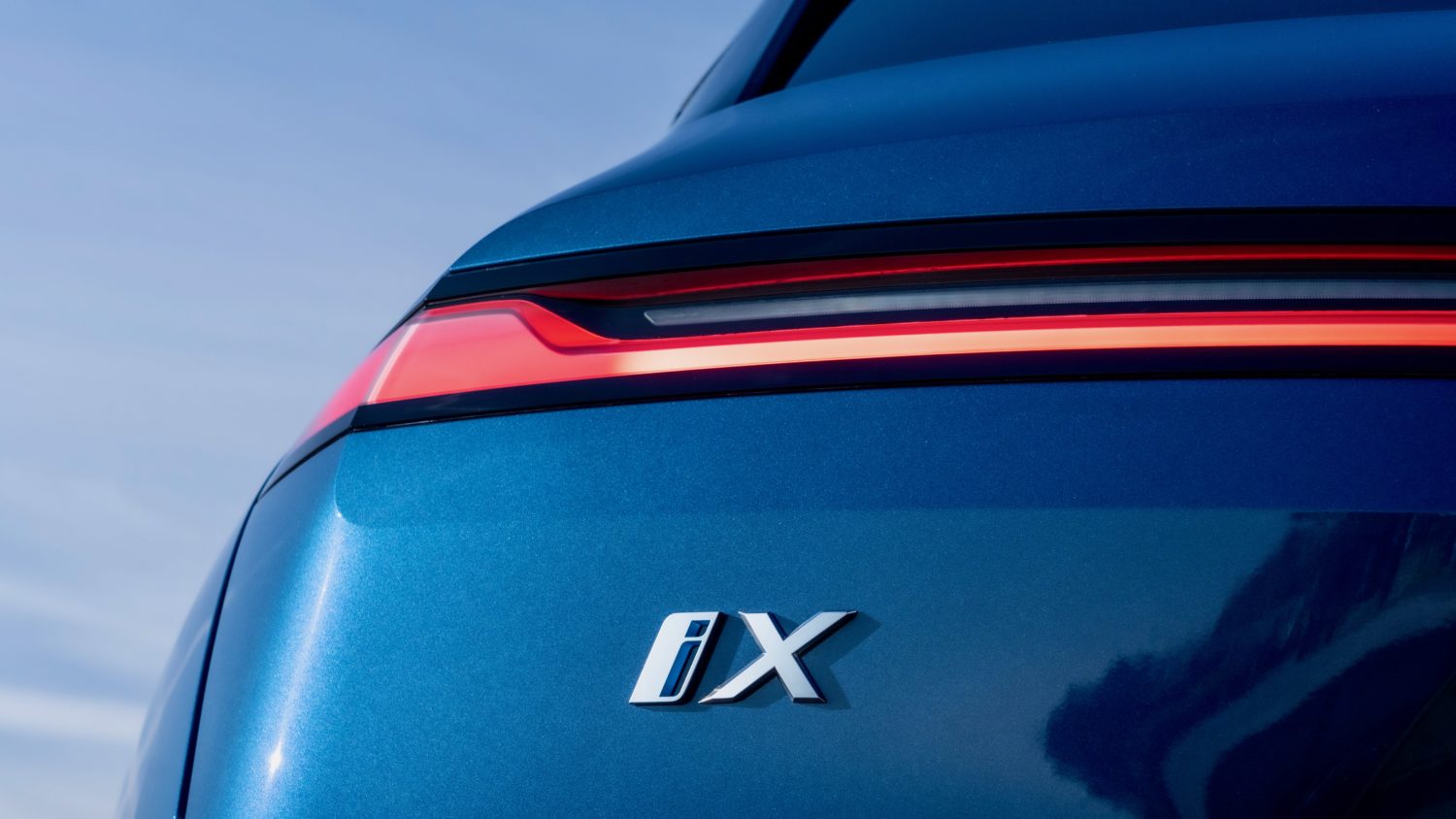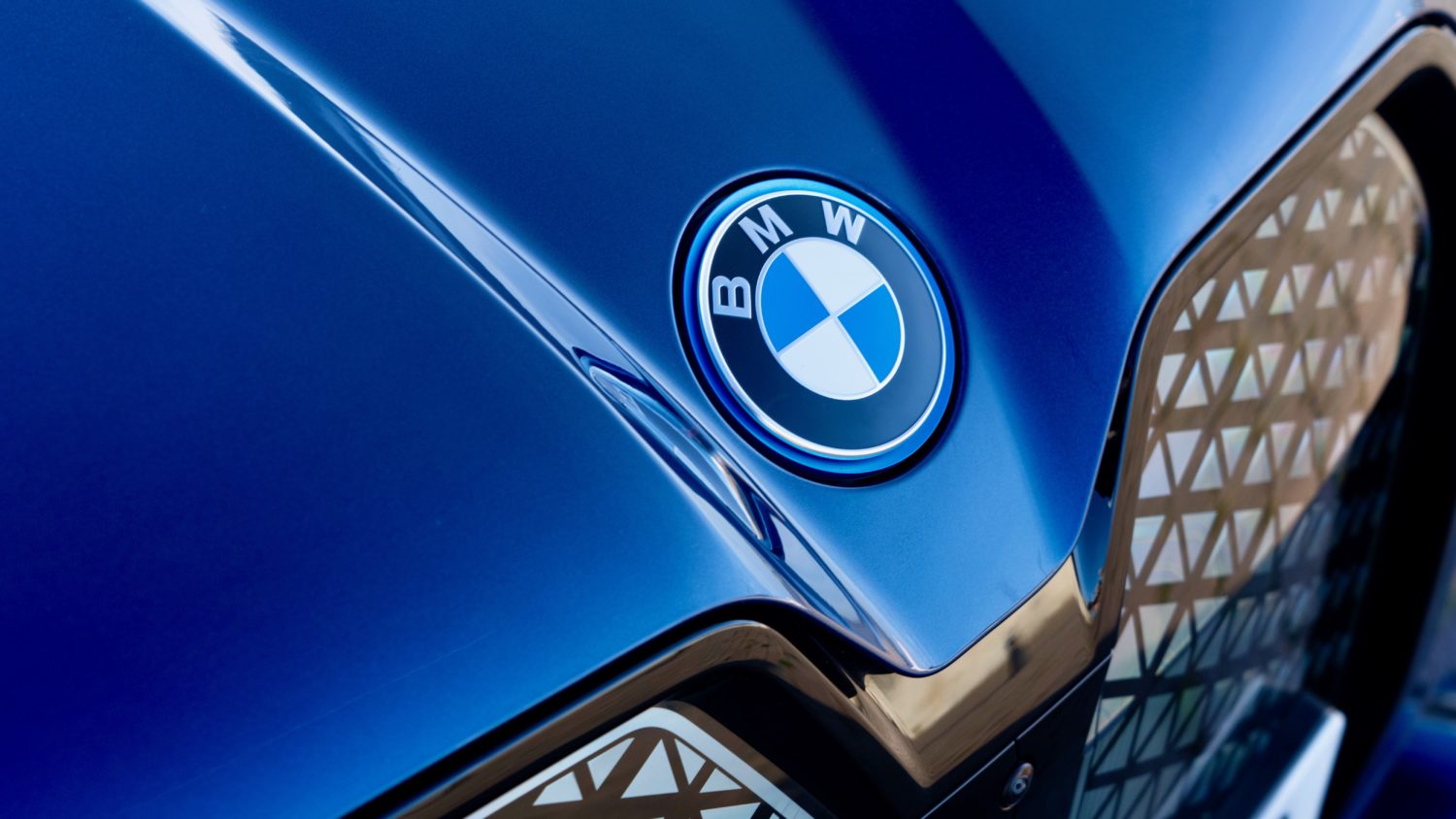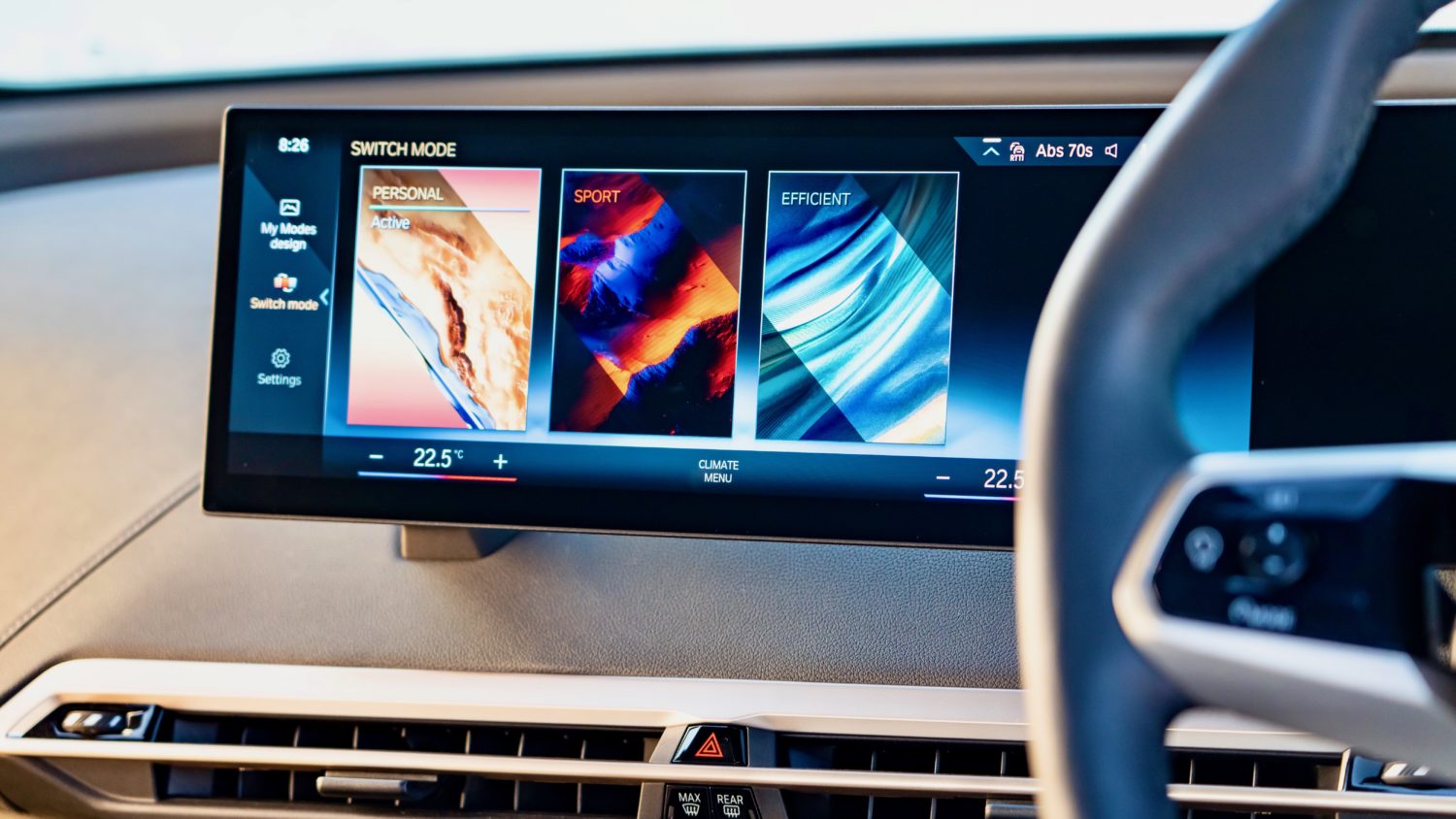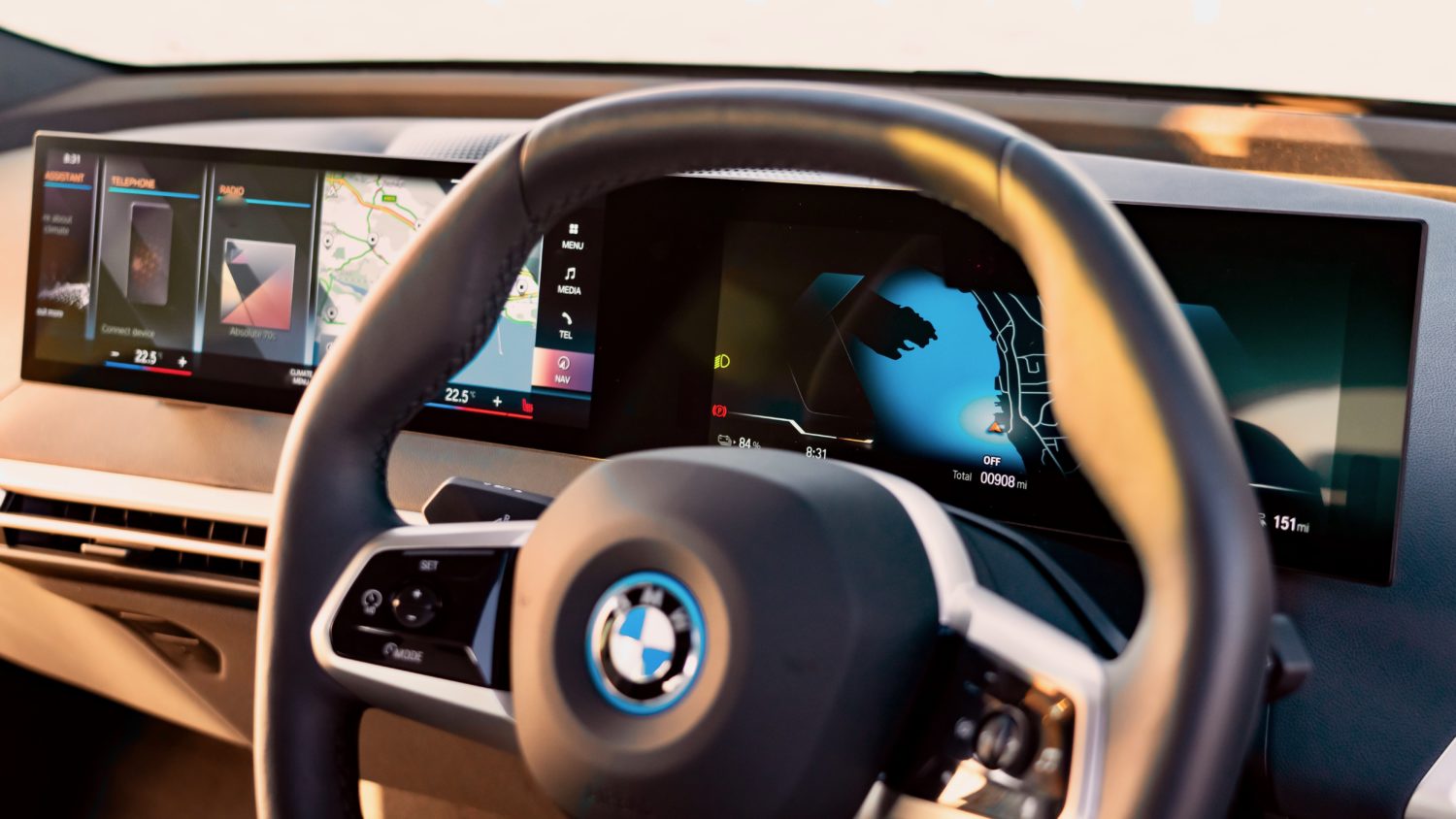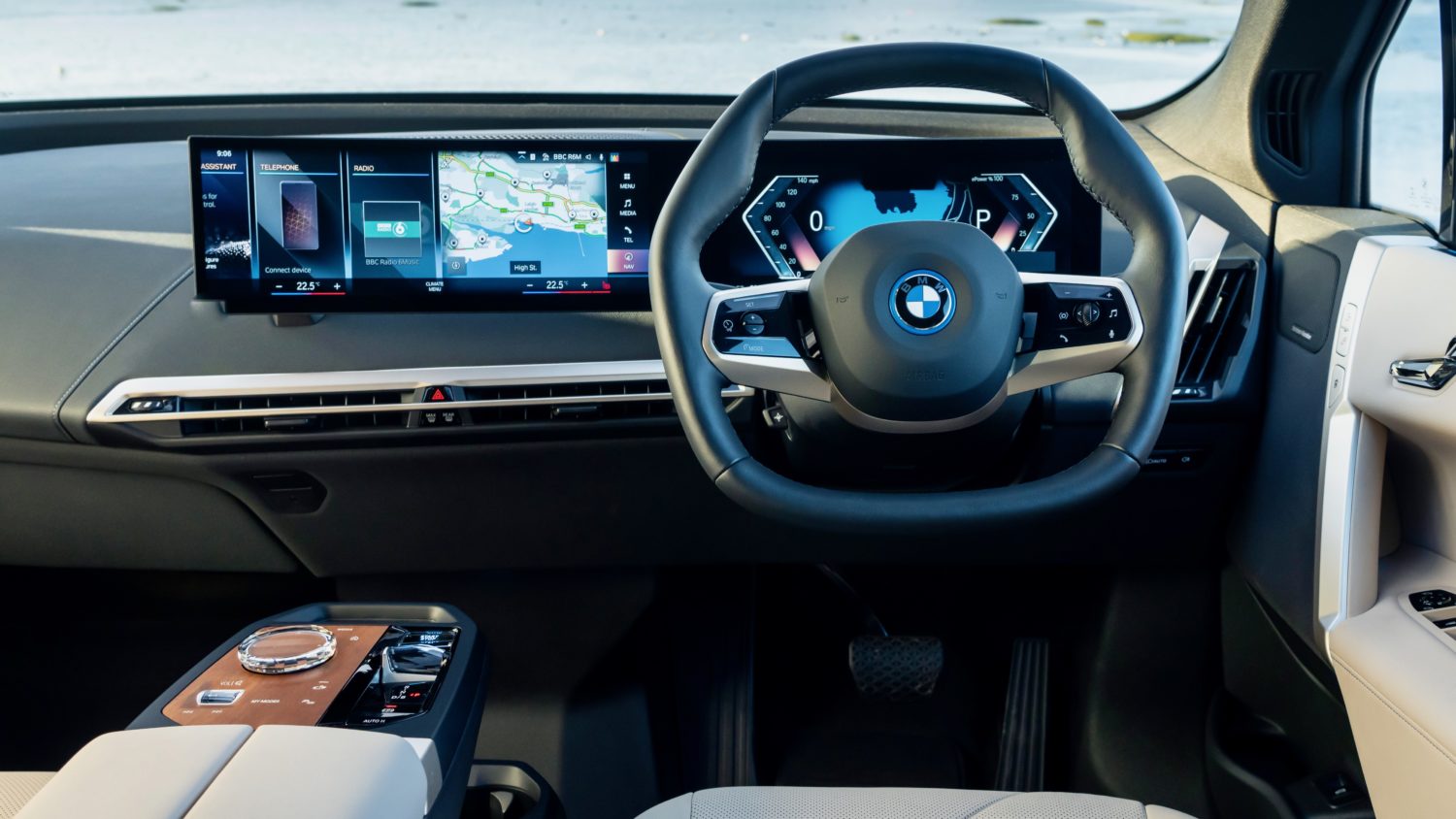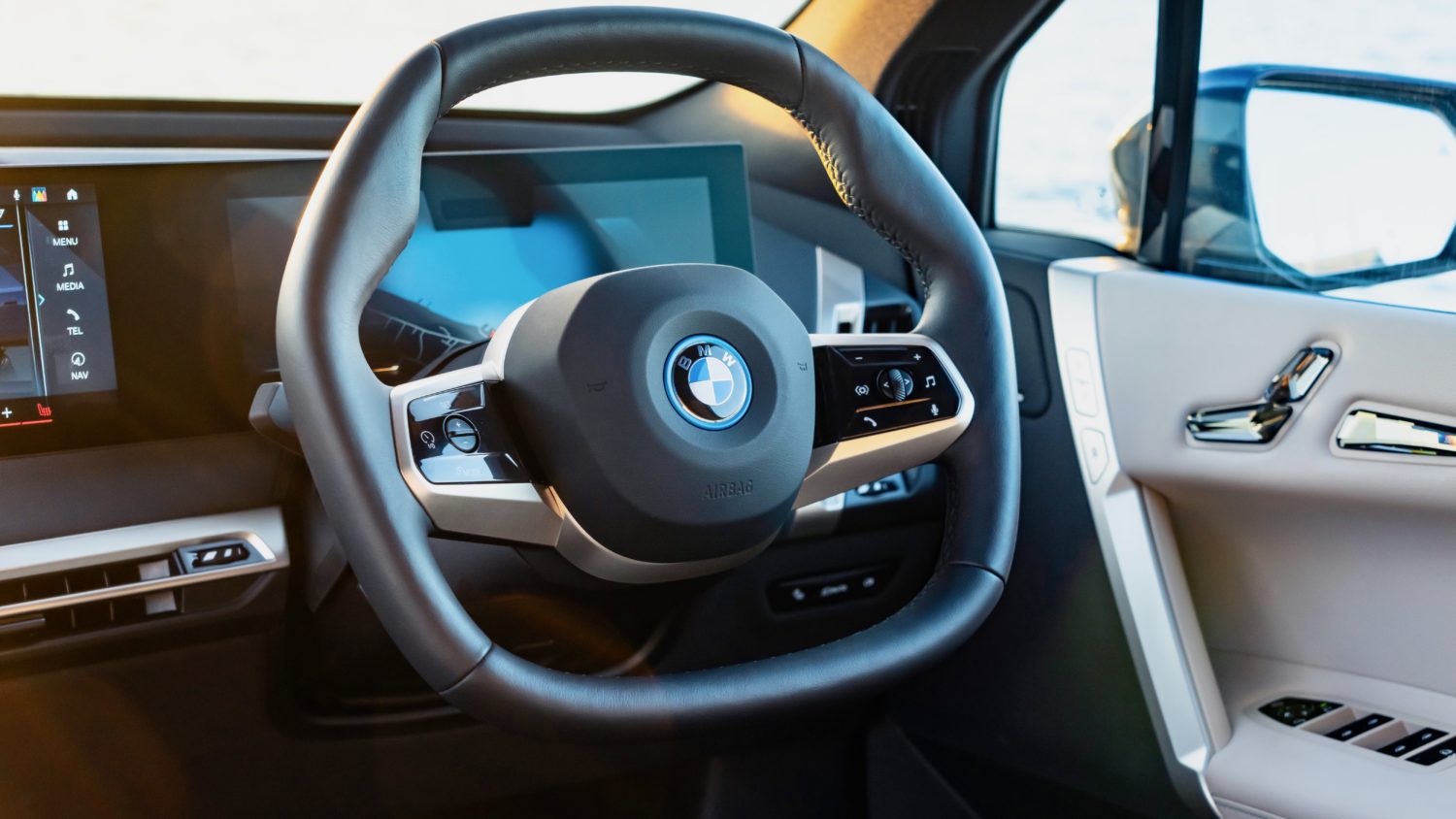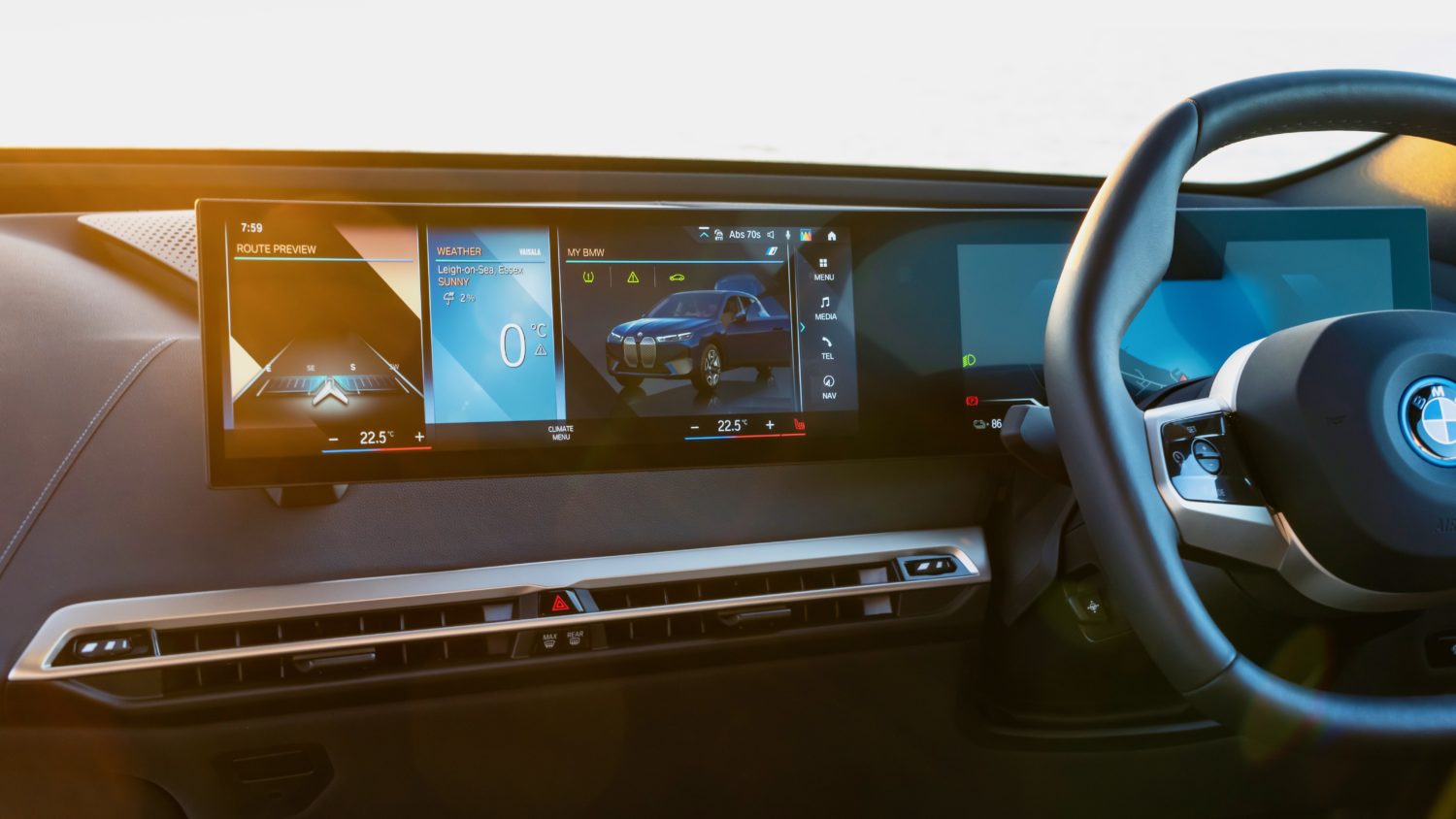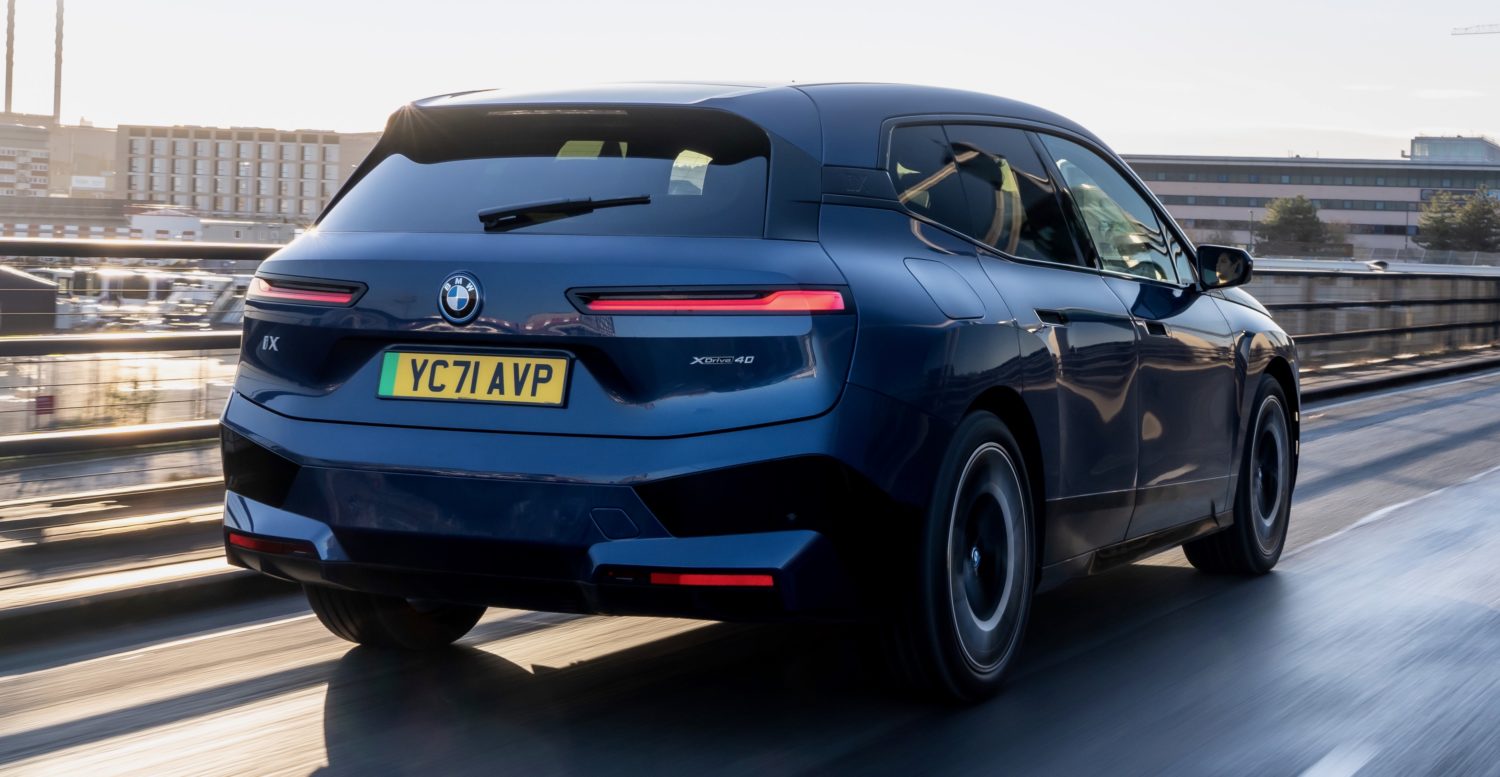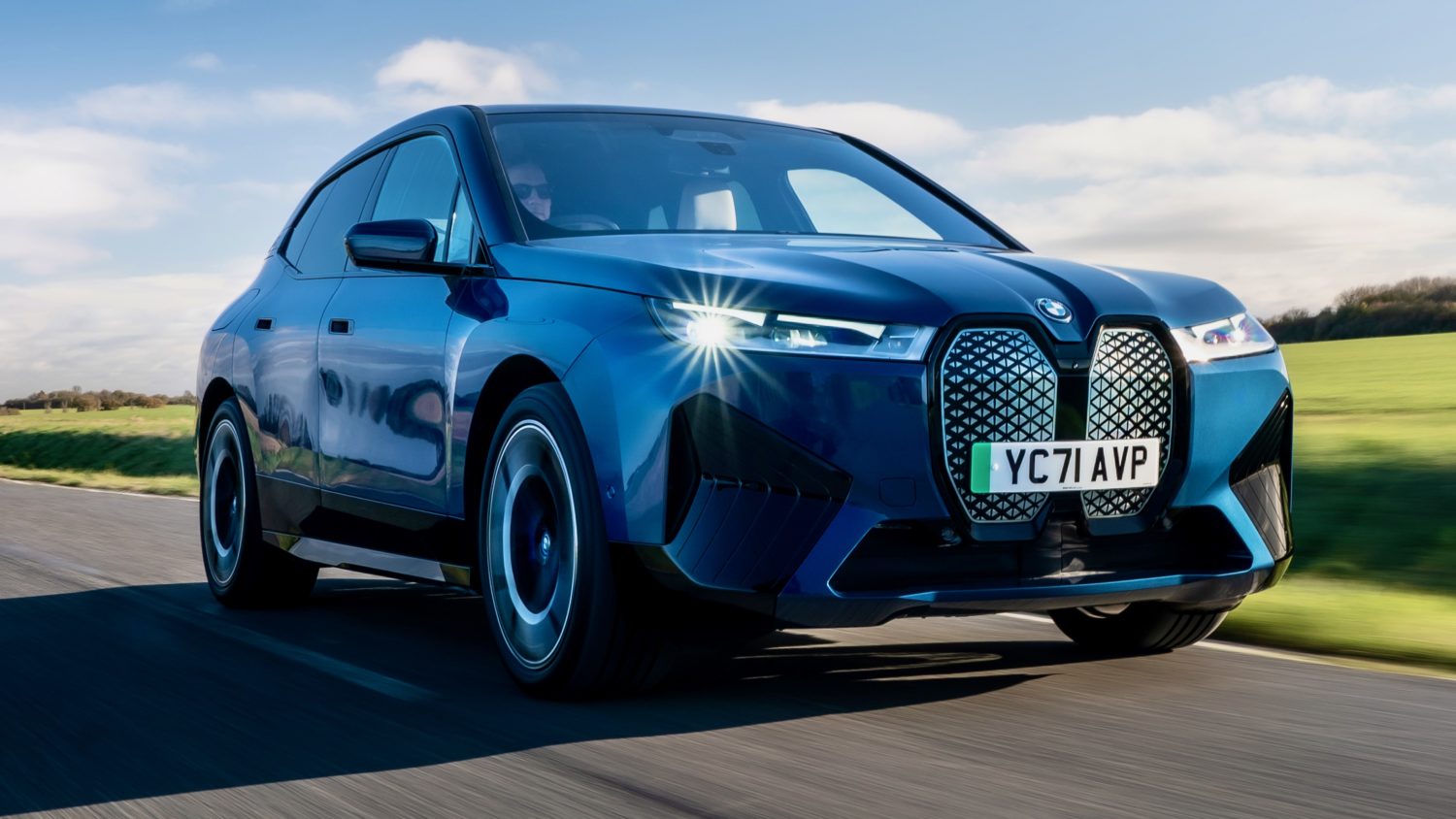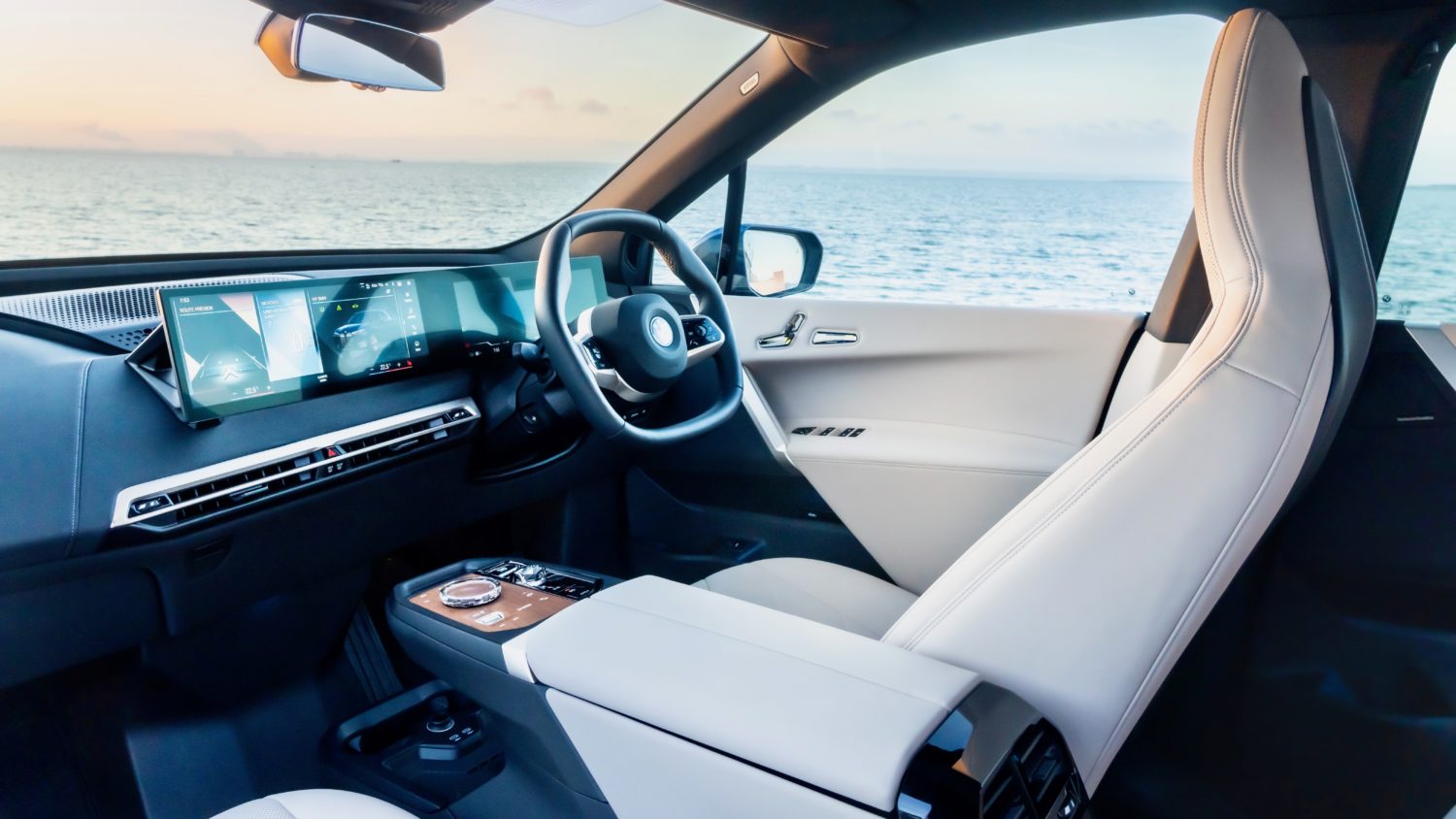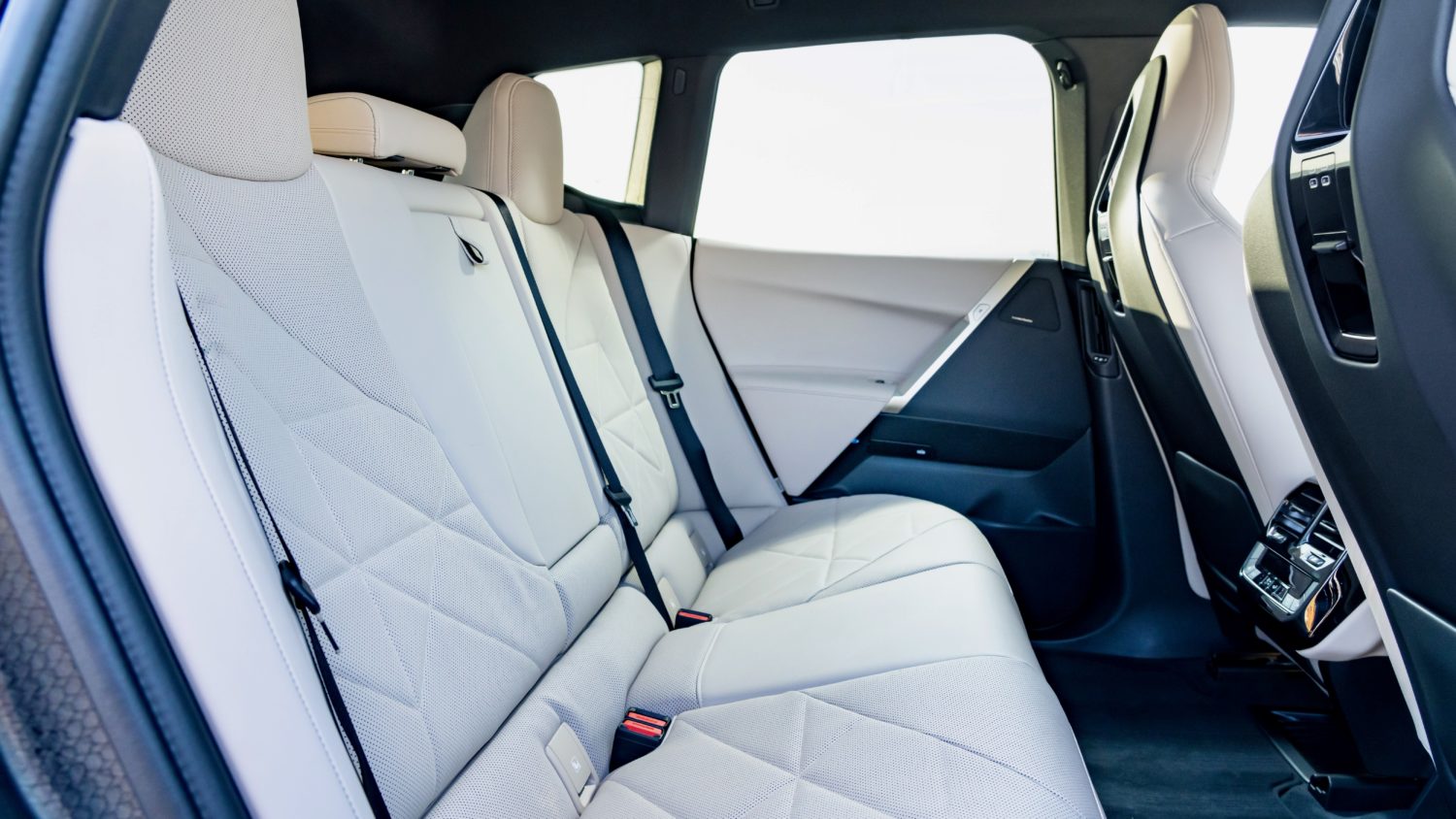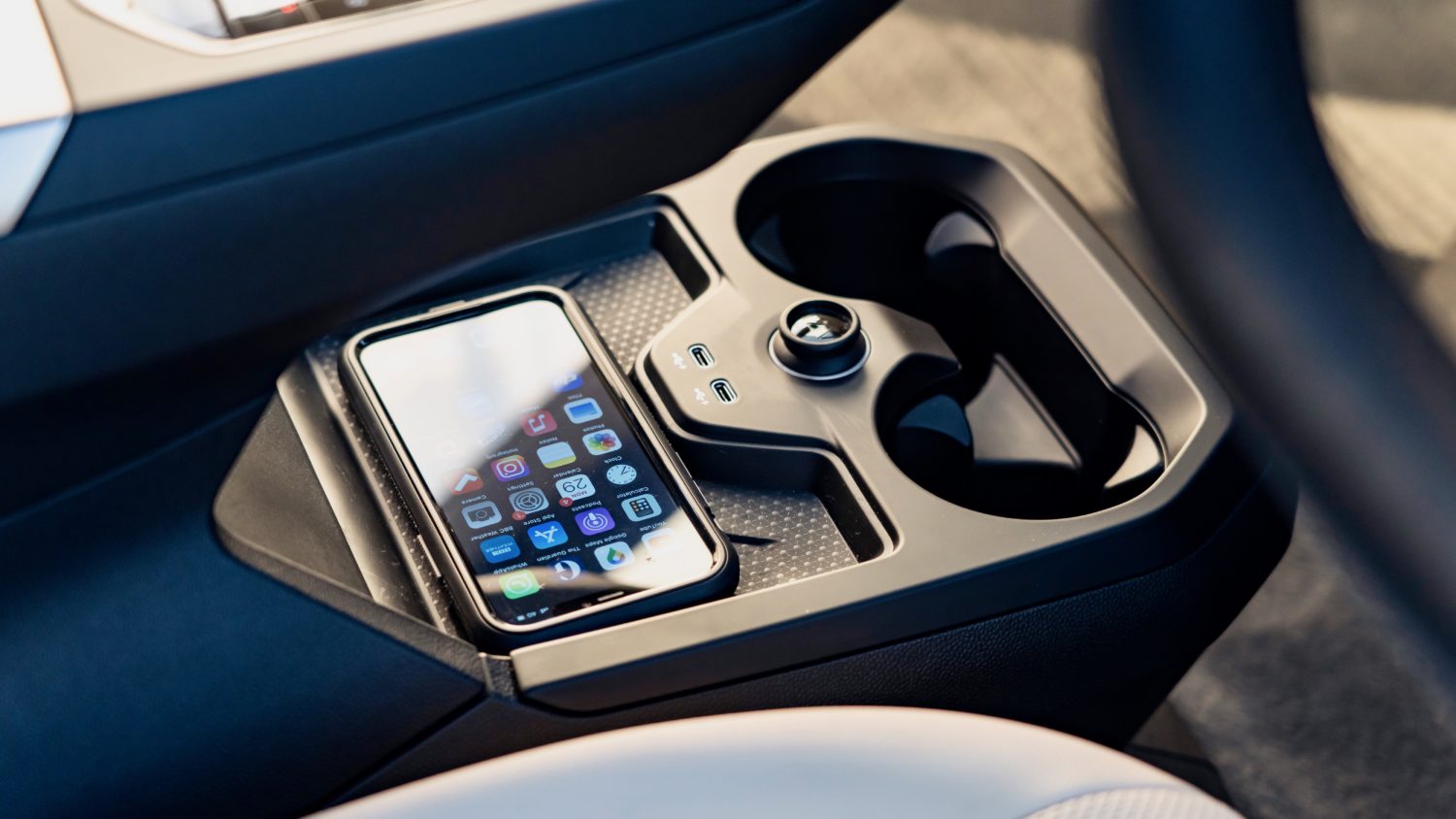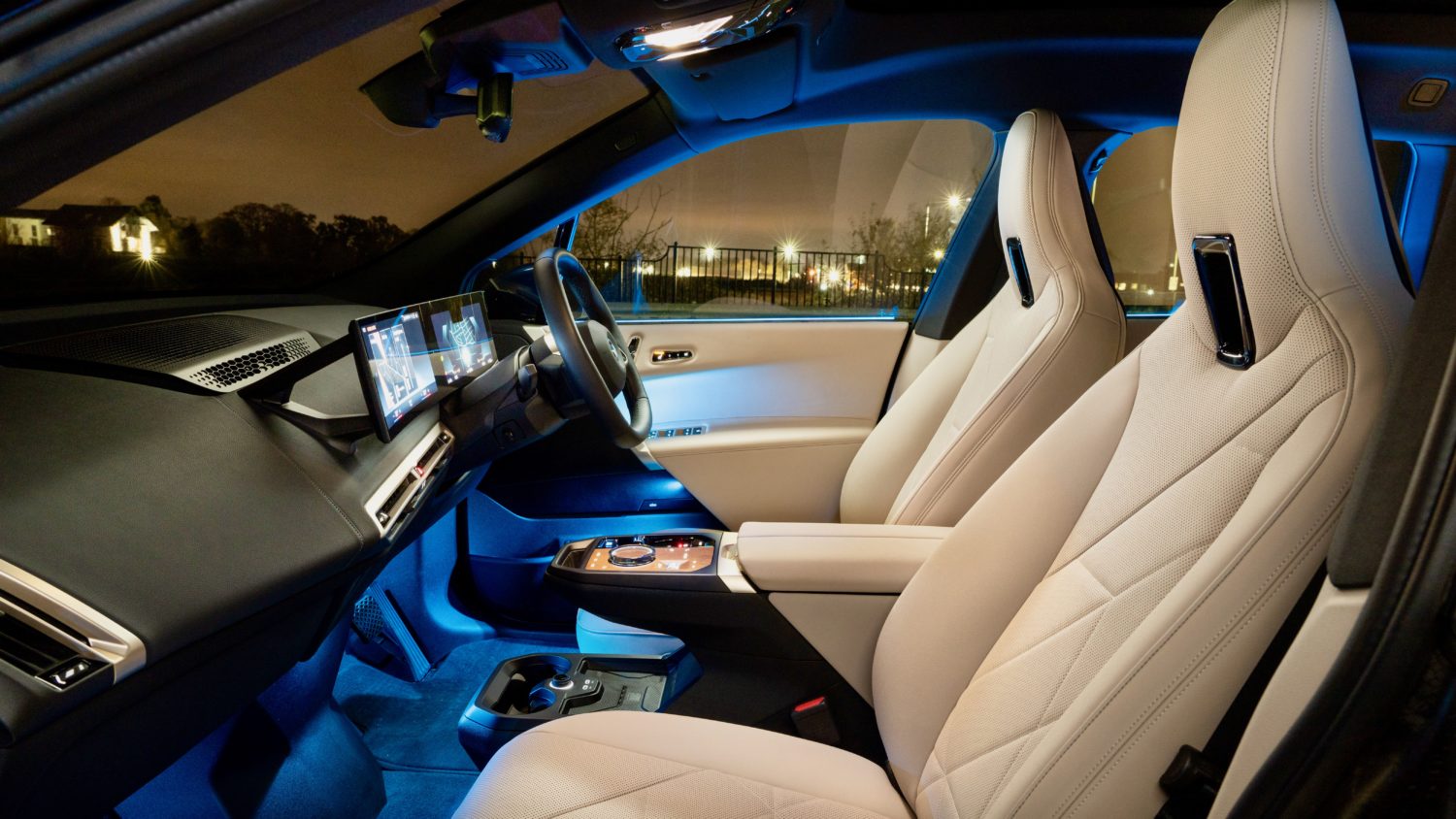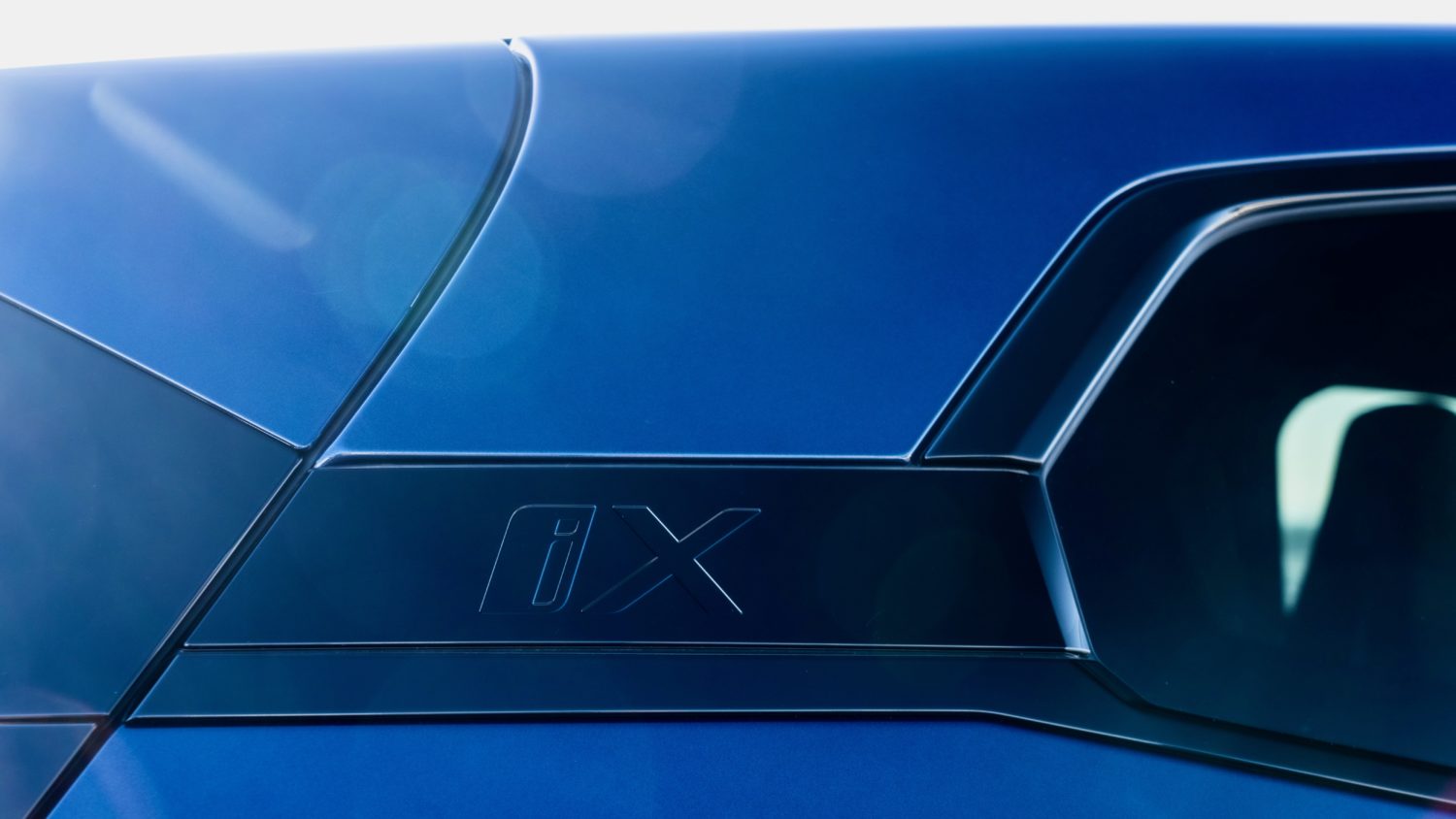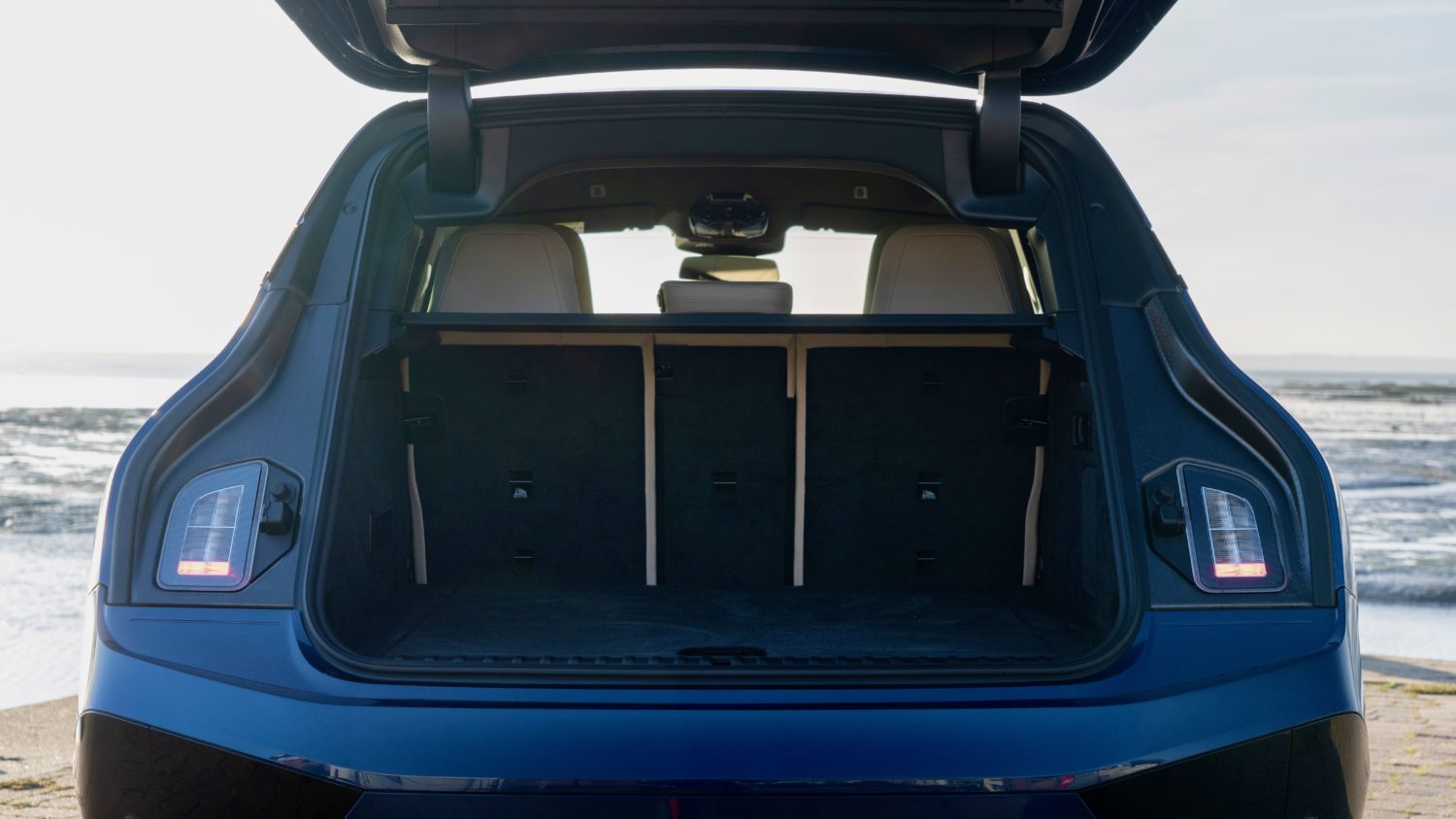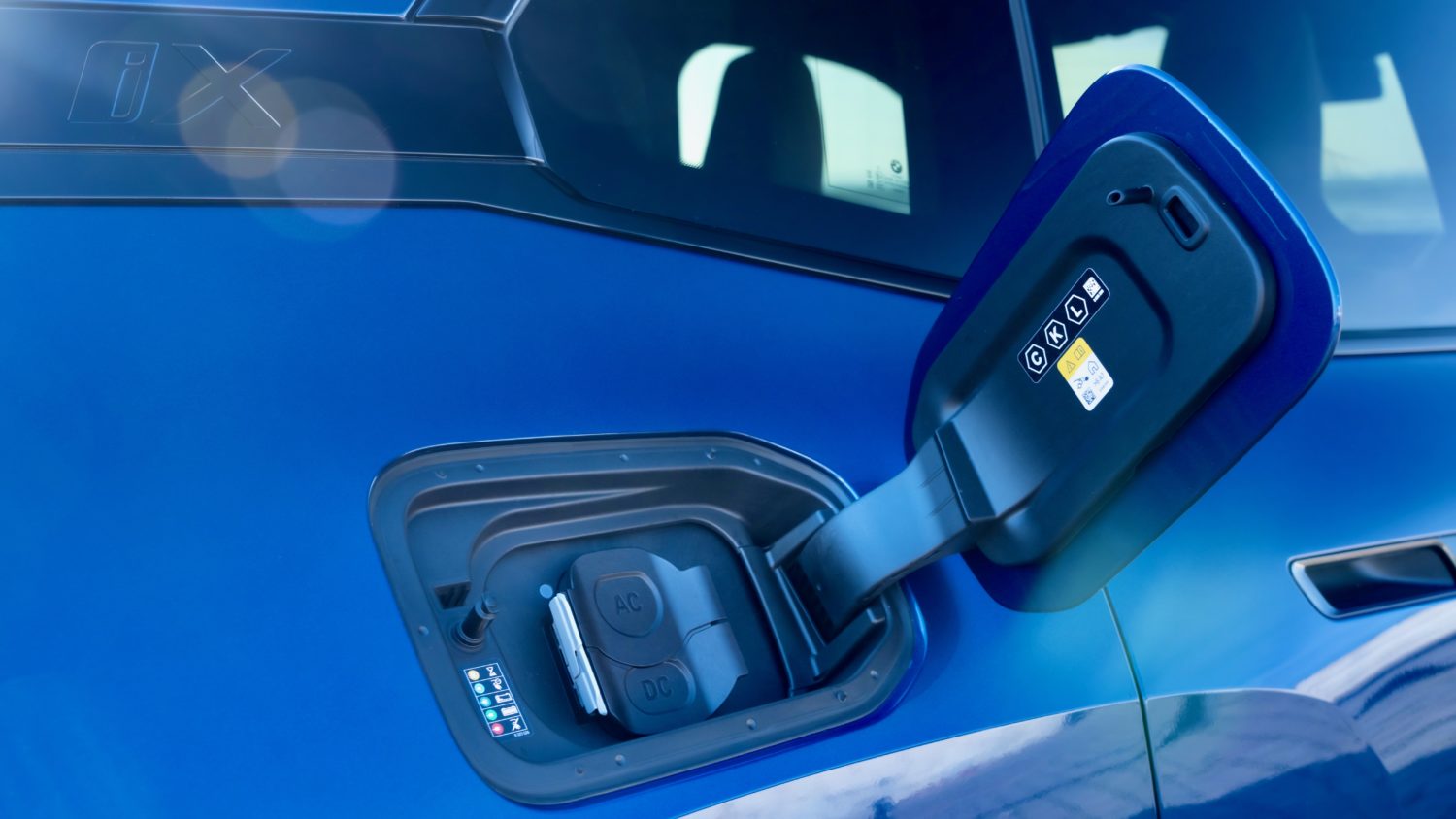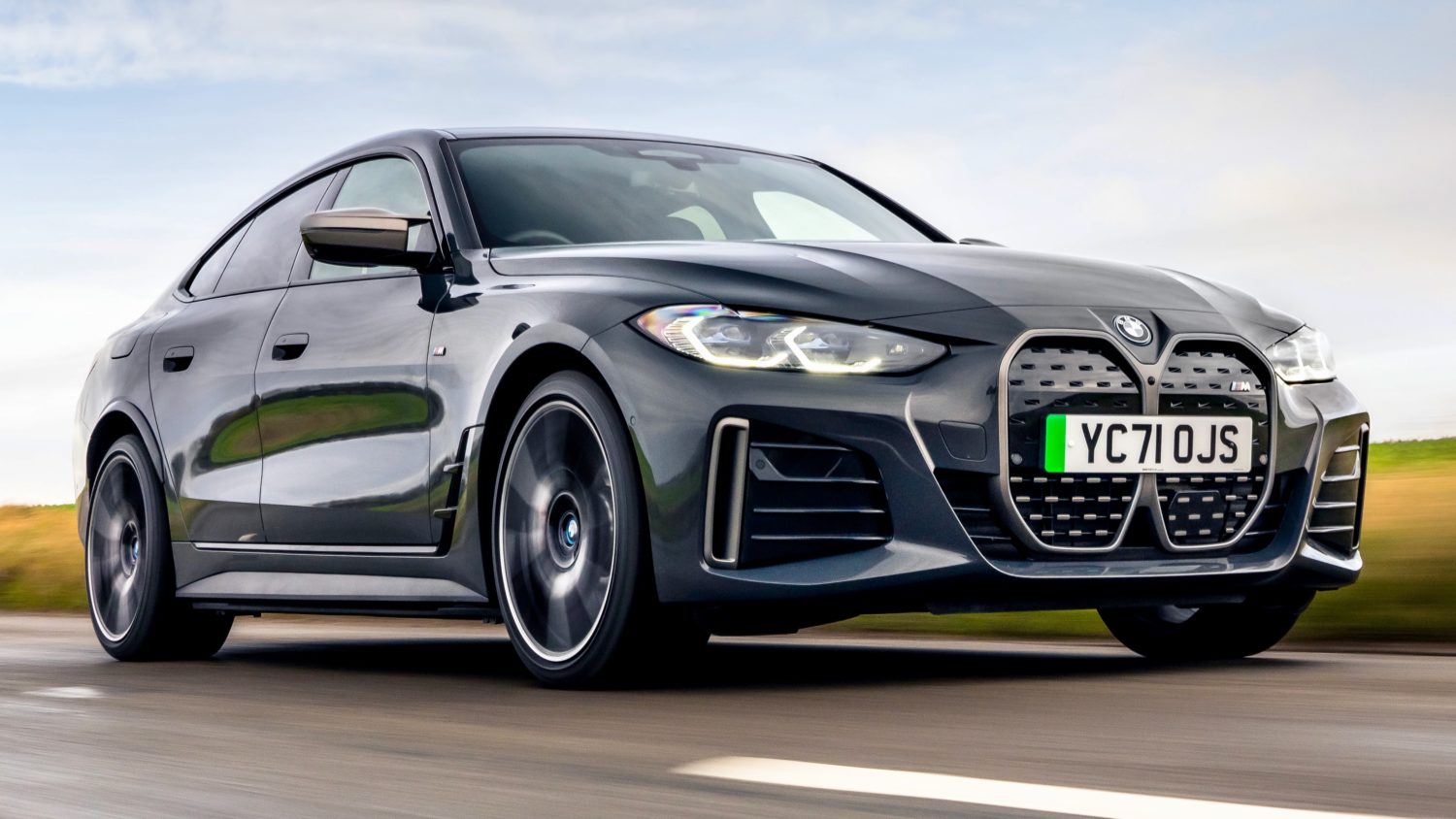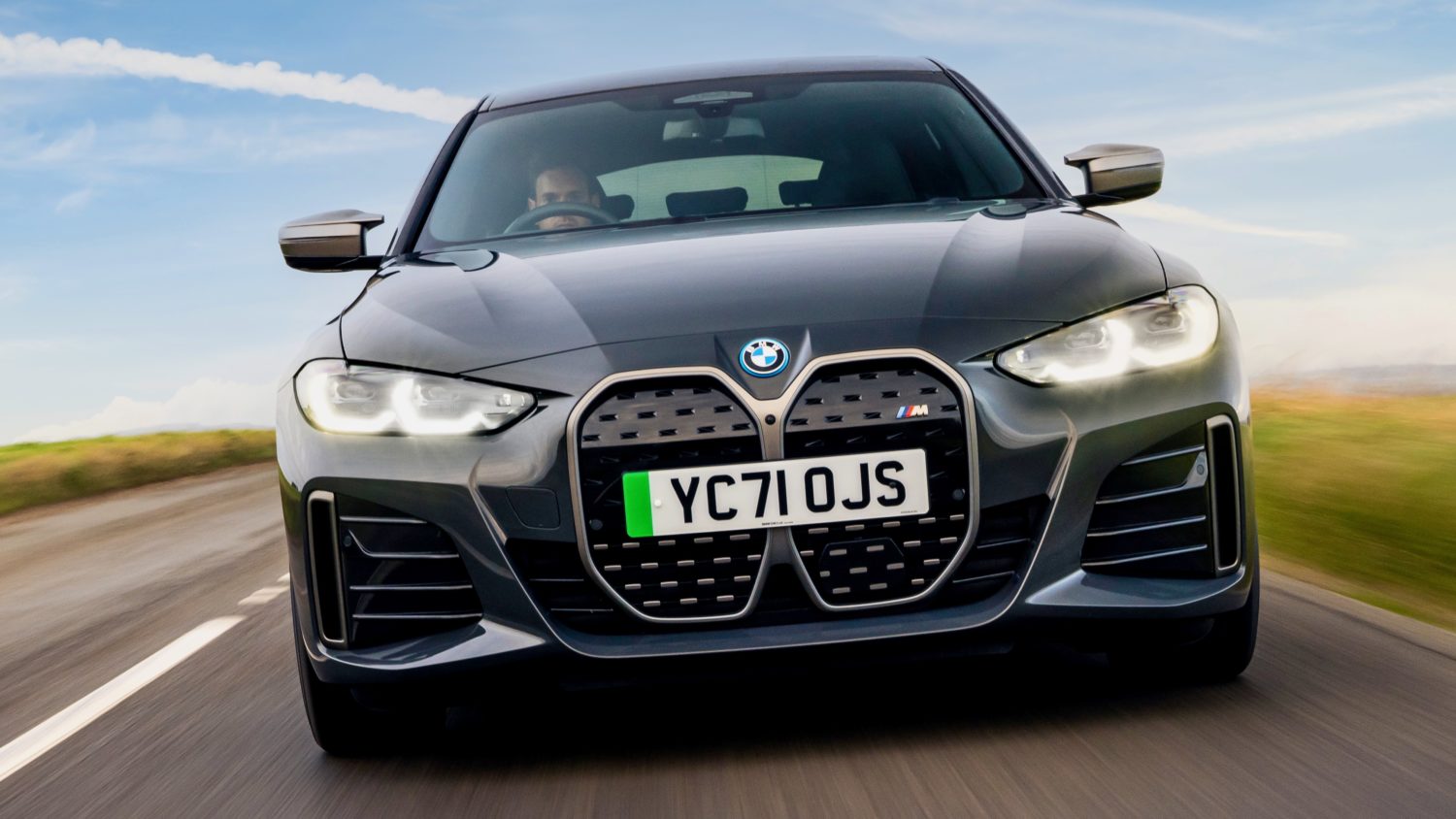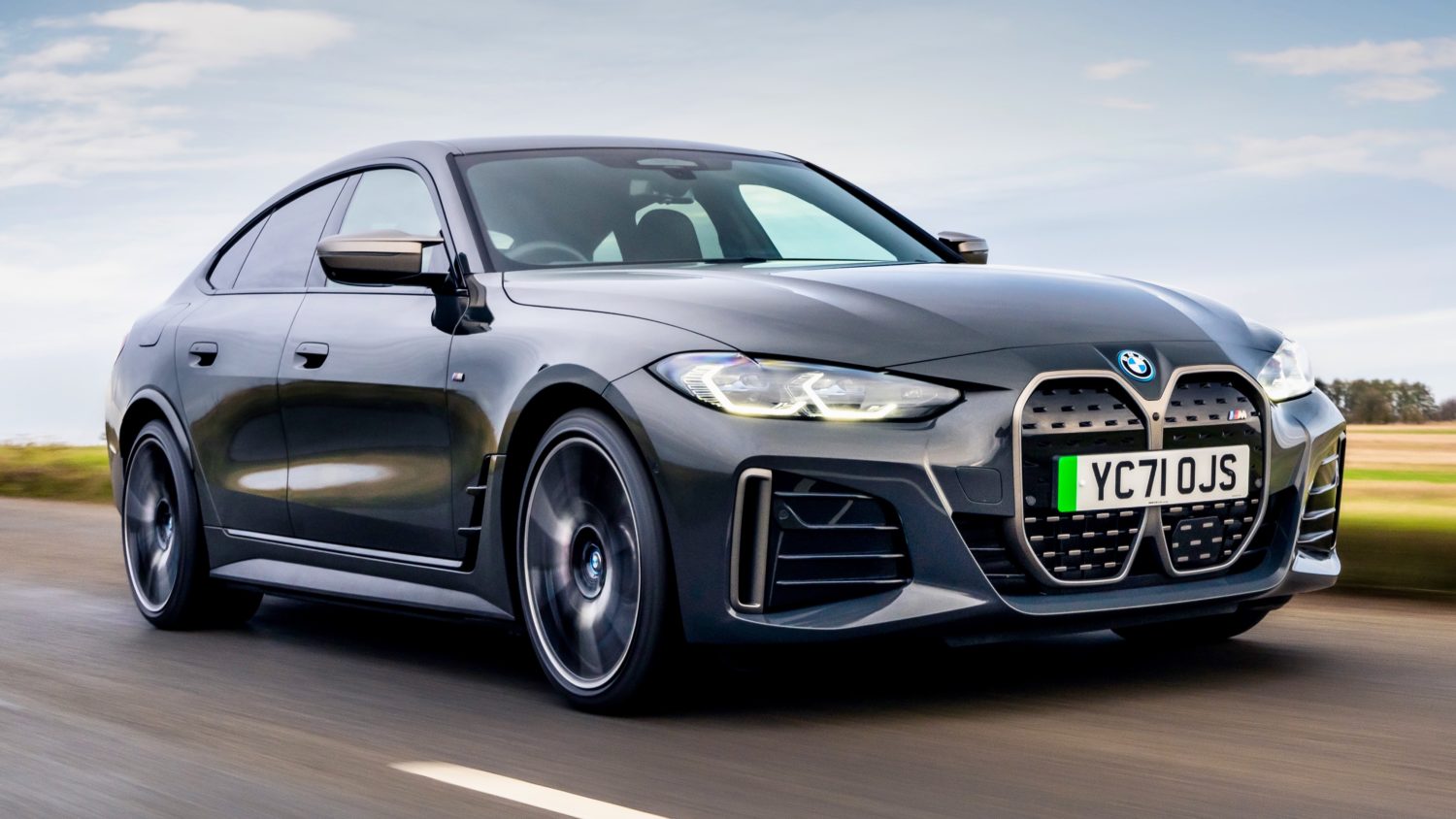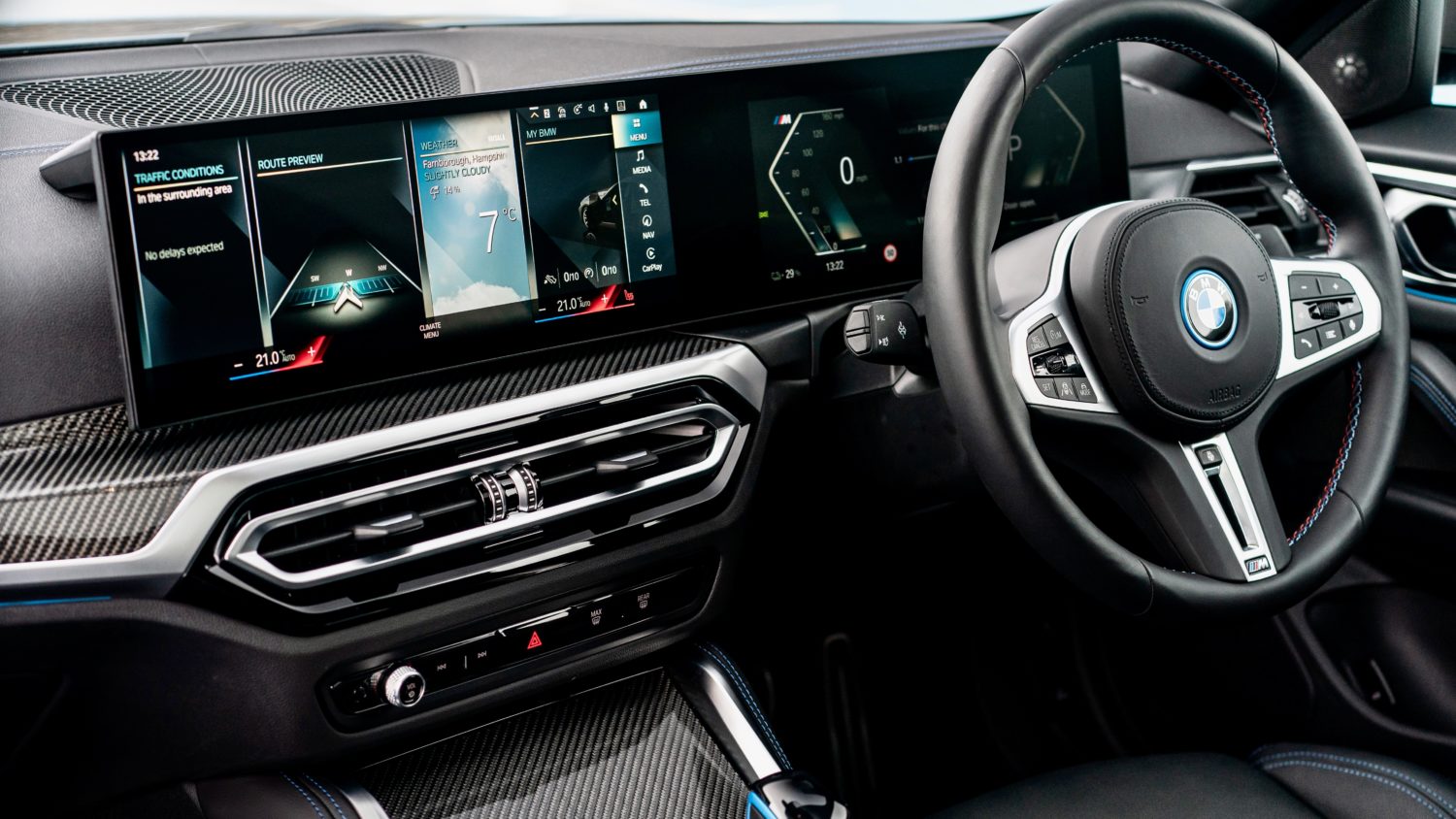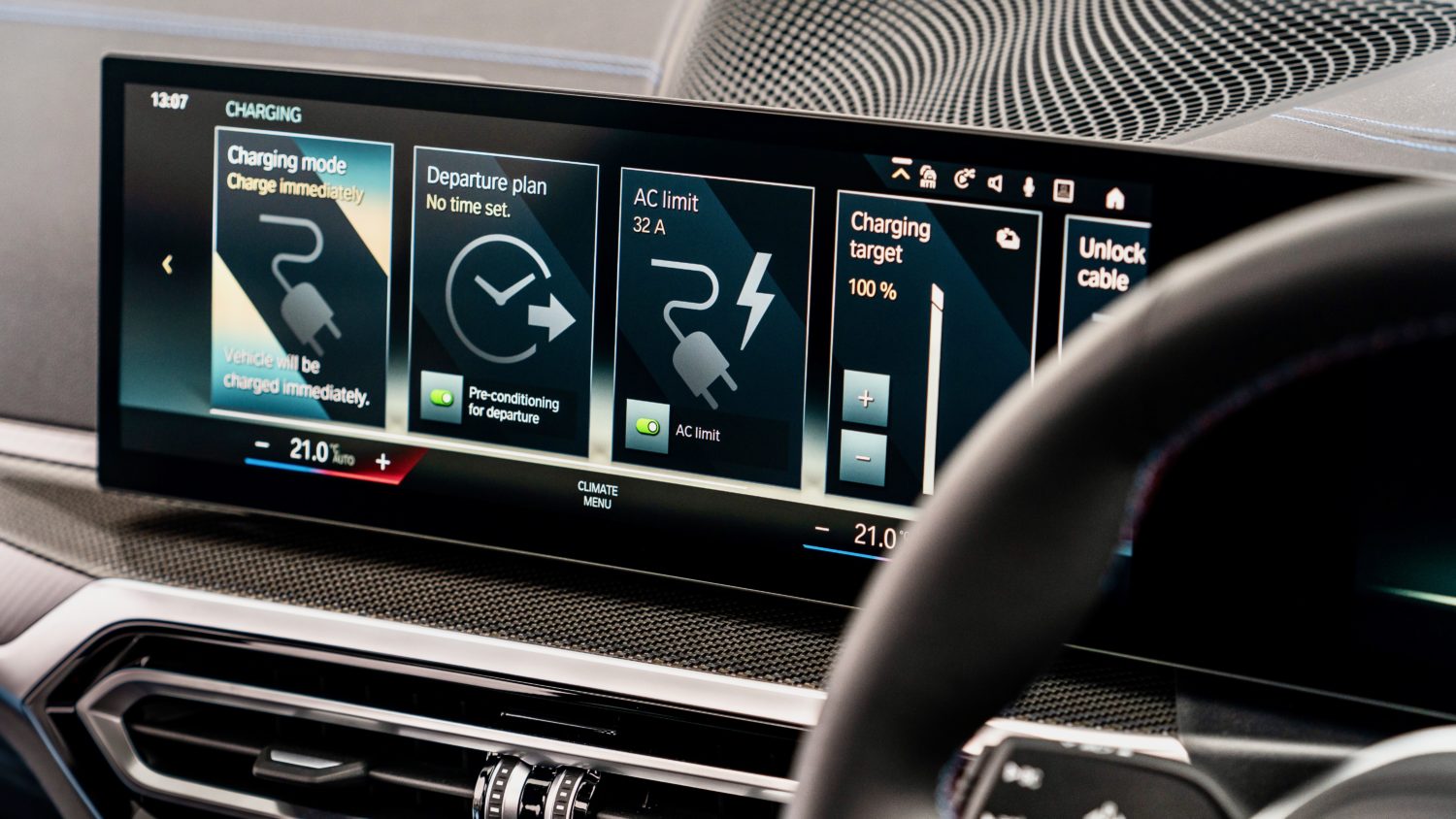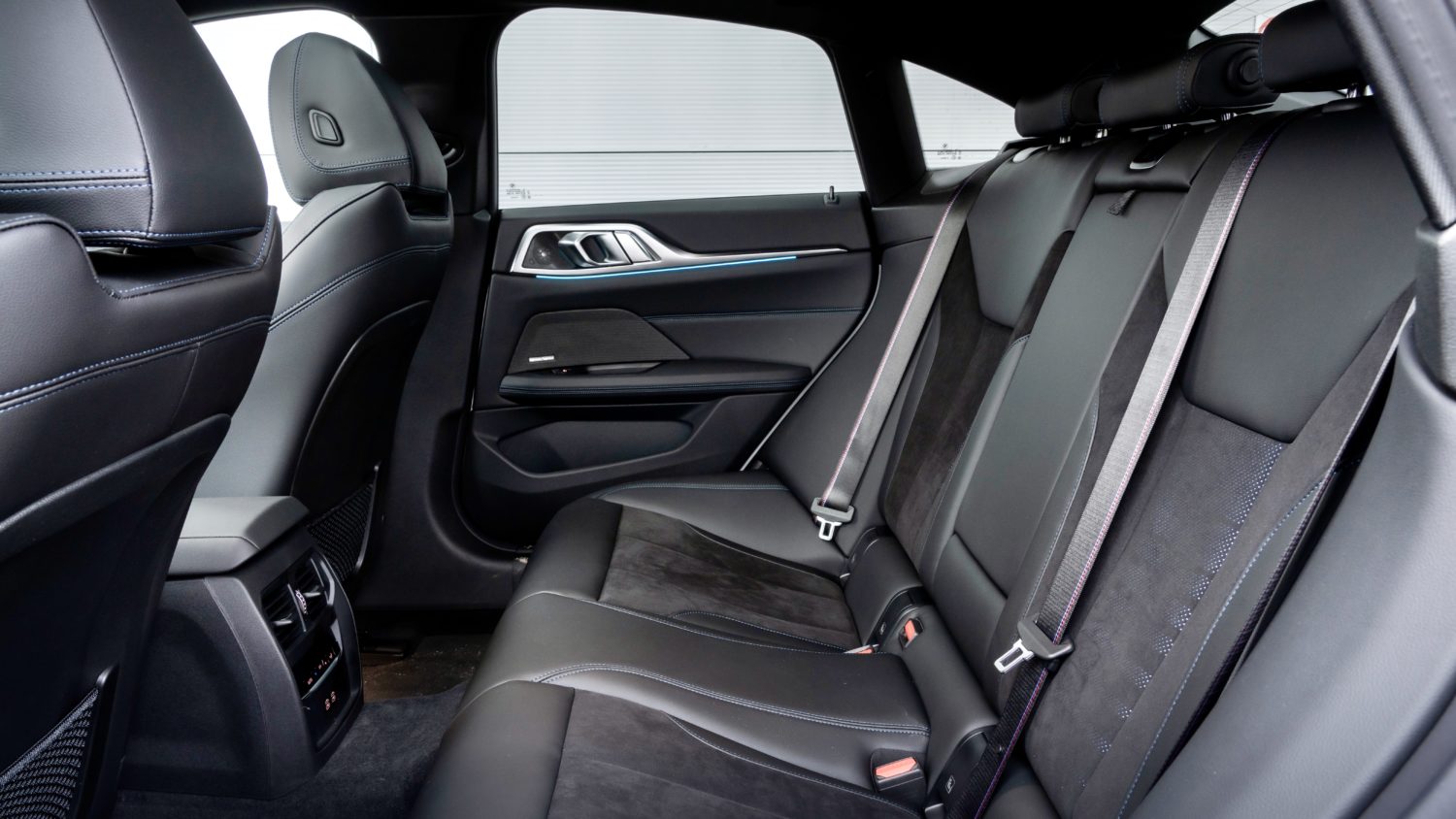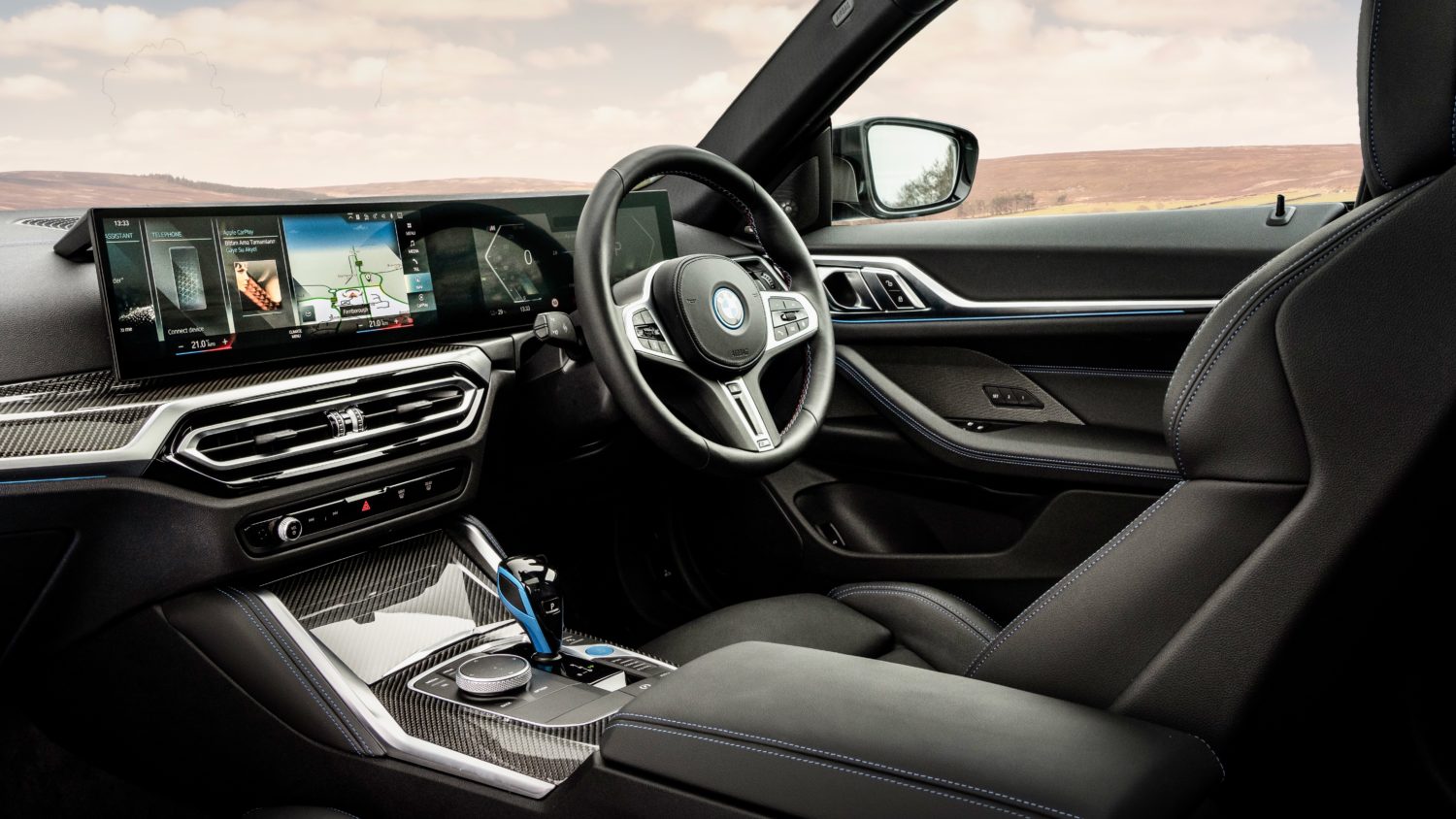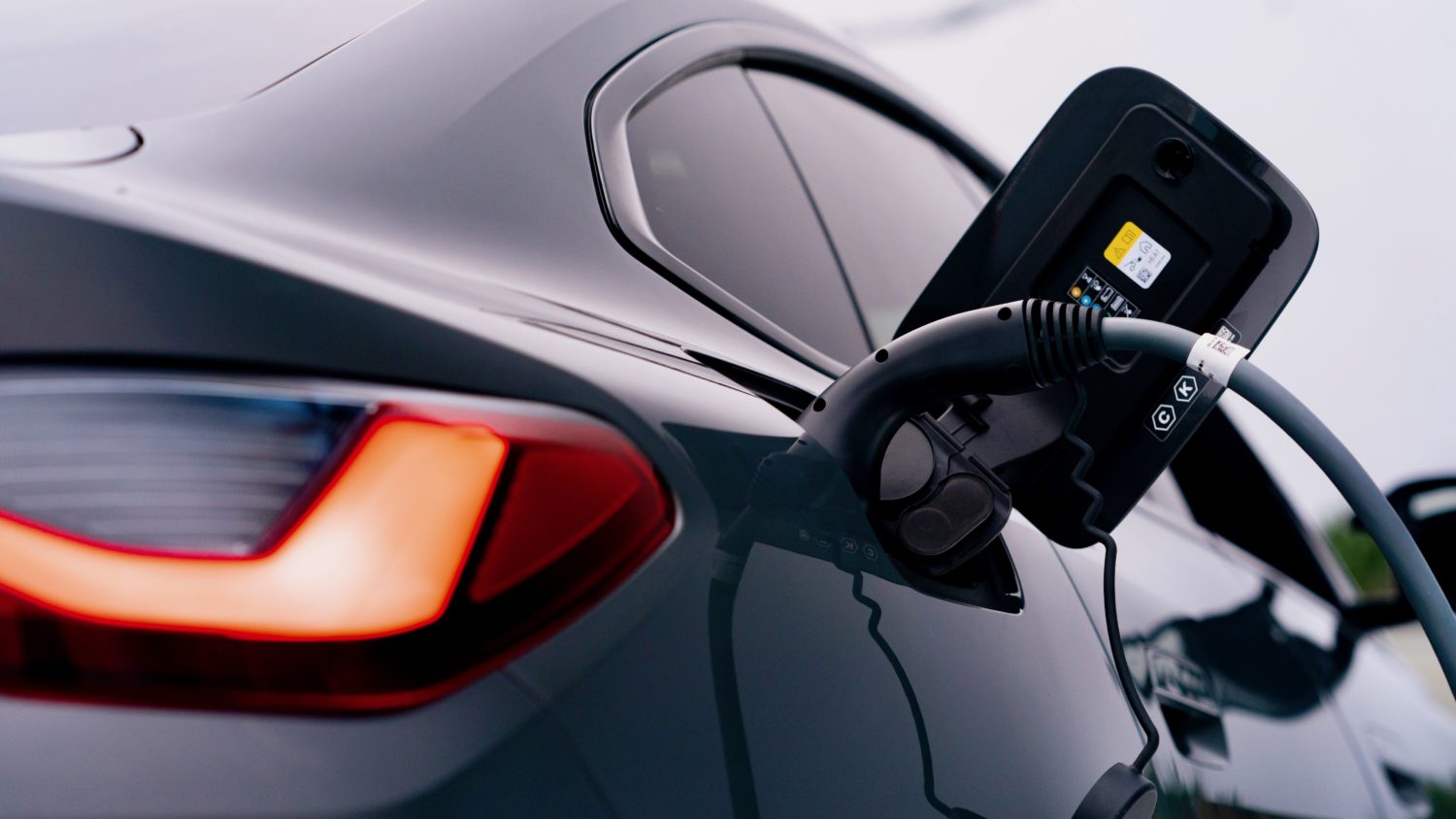Humans at BMW have put a certain amount of A.I. into their new iX and i4 EVs.
A decent drive in rather lousy weather of forty-five miles through suburbs, villages and country roads and motorways in the iX SUV, followed by the same route in the handsome i4 coupe (loving the grey colour!) provided plenty of evidence to pronounce each one a superb driving experience.
You pay for it, of course. These were the lesser-powered ‘40’ (‘only’ 340bhp) versions, starting at £69905 for the iX and £51,905 for the i4. Power delivery in EVs can be sensational. It’s so reassuringly safe to be able to floor the pedal and shoot past slower traffic at any moment, even at already high speed, as on a motorway. It’s also, let’s admit it, colossal fun!
These cars can reach 62 mph in just 5.7 seconds, with the 430Nm of torque always instantly available.
BMW has been experimenting with interior sound that might appeal to drivers, but the electric motor’s mere loudening and accelerating hum is enough for me. Rather strangely, this was much more pronounced in the iX than in the i4. Otherwise, of course, there is minimal sound at low speed until that cut-off at 40 mph or so when road noise becomes a factor and most new cars are similarly subdued. To help alert pedestrians, the car emits a sound that (I would hope) can be heard by all pedestrians.
Both cars felt just as fine to drive as BMW’s traditional rear-wheel-drive cars. The low centre-of-gravity allowed by the positioning of all the electric motor and battery drive systems, along with the 50/50 weight distribution, is a factor.
As we become used to driving EVs, personal preferences are catered for: automatic ICE (internal combustion engine) cars require the use of a brake pedal; EVs can be driven in one-pedal mode in which, in order to slow down/brake, you just take your foot off the accelerator; it’s possible, as I did in an EV earlier in the year, to drive a long way (185 miles) without ever using the brake pedal. In these BMWs, the same could be done (in fact, with three grades of regeneration available), but I found it preferable to use the clever adaptive system. This uses the satnav to look at the road ahead, along with more immediate situations such as the vehicle right in front, automatically to slow the car down; the situation remains that you still, of course, must remain ultimately in control, or you could be caught out of, for example, that sharp bend suddenly eases out and braking is released.
A.I. also offers features such as learning and then asking, via a message on the screen, if you want your window always to be wound down as you regularly have done so as you arrive at a particular location; this could be at the ticket-point at your local car park. Whether or not this is merely a clever but totally unnecessary, trick is of course, entirely your decision.
Technophiles will love all the possibilities these cars offer via the ‘Intelligent Personal Assistant’; others will hopefully enjoy the experience of learning it all. Apart from this, the cars are well-loaded with safety, convenience and comfort features…of course.
There’s nothing wrong with a round steering wheel, is there? Back in the 70s, the Austin Allegro was ridiculed for its (relatively) square wheel; since then, plenty of manufacturers have at least squared off the bottom of the steering wheel, usually just to allow ease of entry in and out; BMW has taken this further in these two EVs, with the steering wheel being in what you might call a pentastar shape: five angles, via which the main aim is to allow the driver full view of the instruments.
The instrument panel and main dashboard console is now a handsome and thoroughly-modern one-piece, subtly curved display angled towards the driver.
The power train arrangement is also a factor in the space available inside the cars, both for passengers front and back in width and the flat floor in the rear.
But what about the often-stated range anxiety associated with EVs?
Well, progress may be slow, but the iX and i4 might manage up to 367 miles (WLTP figure) in optimum conditions; 270 miles was my calculation after my particular drives during which the cars were driven with only the very occasional full-floor pedal, but with all systems go in the wiper, lights and heater departments. BMW also has its own arrangements with BP Pulse and Ionity free charging points that owners can renew after one year.
If electric is considered ‘green’ and an important factor in the purchase of such vehicles, then the fact that these BMWs are built from 100% recyclable materials will be of interest.
The new SUV and Coupe are also available with even more powe (544 bhp) for £12,000 more.
They will be even more ‘wow’ than these already highly-impressive BMW iX and i4. My drives were effortless, comfortable and enjoyable.
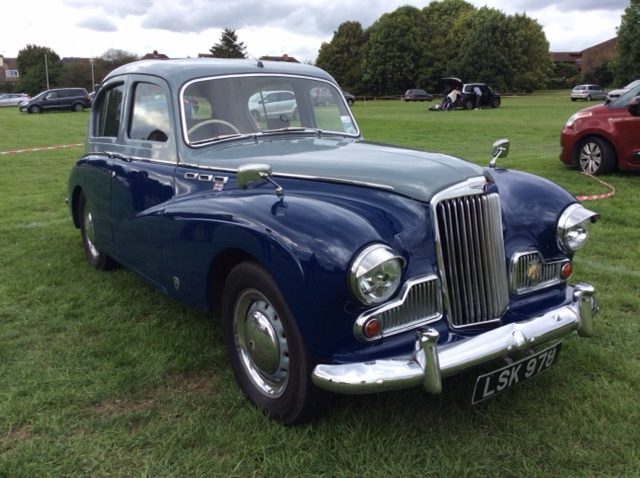
Tom Scanlan
Motoring Journalist
Tom Scanlan has written for a wide variety of magazines and newspapers, particularly the Reading Evening Post for ten years, having got into motoring journalism in 1973 via the somewhat unlikely back door of the British Forces Broadcasting Service. BFBS produced a weekly radio motoring show for the services overseas and Tom produced it, as well as interviewing experts and eventually reporting on cars.
He is into classic cars and has owned Porsche, Ferrari, pre-war Alvis and Rileys and currently owns his fifth old Alfa Romeo, a 1984 GTV 2.0.
In his spare time, Tom is a professional cricket coach.
What the others say on YouTube
A selection of the latest video reviews of this car….Just click to watch on this page.
Recent Reviews
The latest cars, suvs and crossovers reviewed by our experienced journalists.
Kia EV9 ‘Air’ redefines eco-friendly luxury
KIA has turned the corner into a new market segment with its EV9 pure electric model Car Reviewed: K…
Polestar 2 Performance Pack – Almost nailed it
The Polestar 2, performance-focused EVs can be great fun Car Reviewed: Polestar 2 Performance Pack H…
Kia EV9 GT-Line S, a modern day spaceship
The Kia EV9 isn’t just another SUV. It’s a lifestyle choice, navigating family practicality with a s…
Nissan X-Trail e-Power, takes charge
The Nissan X-Trail e-Power, no need to charge this one Car Reviewed: Nissan X-Trail e-Power Tekna Wh…
